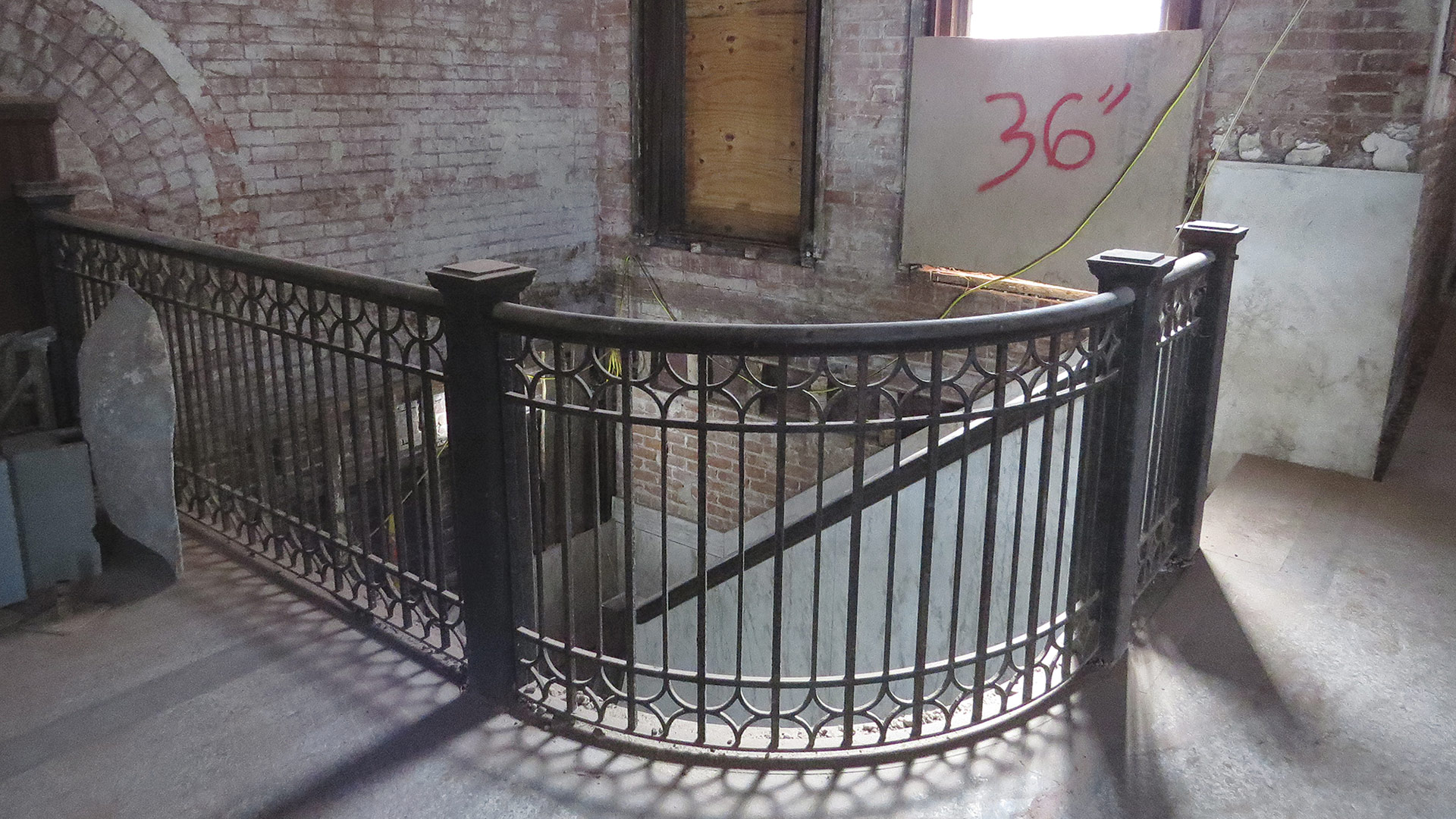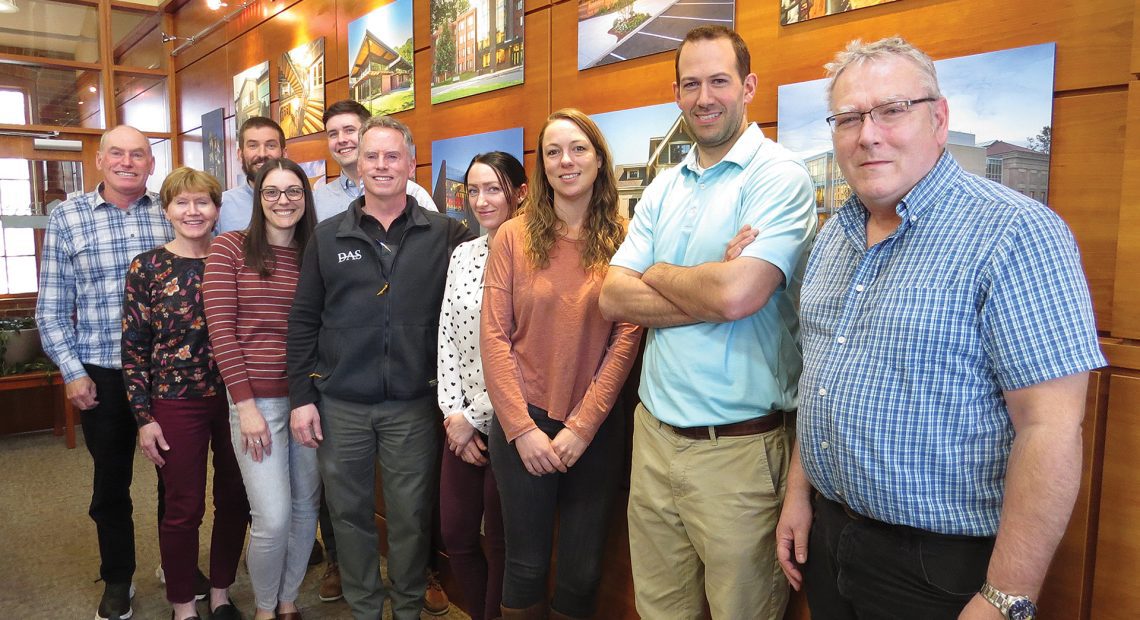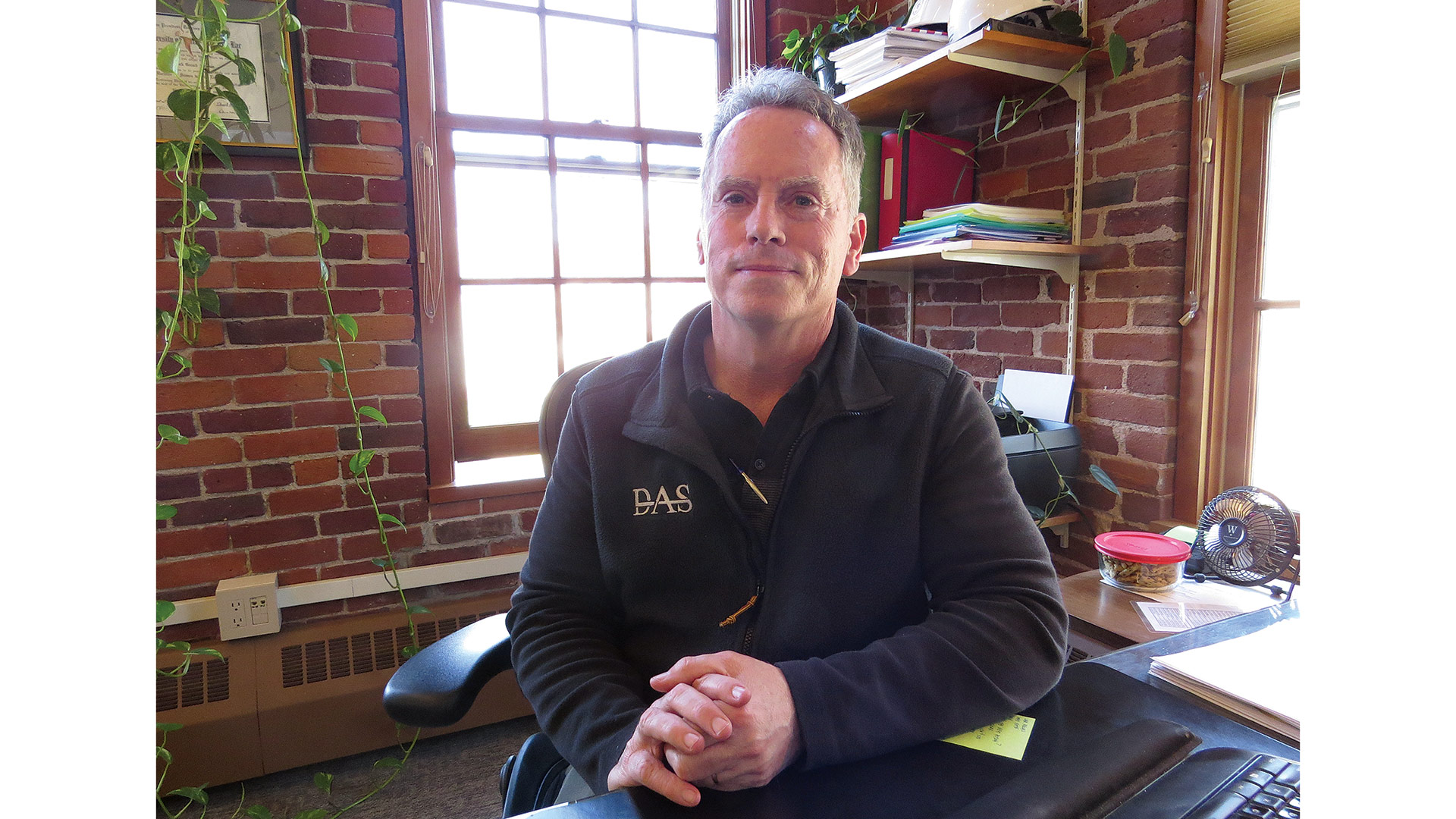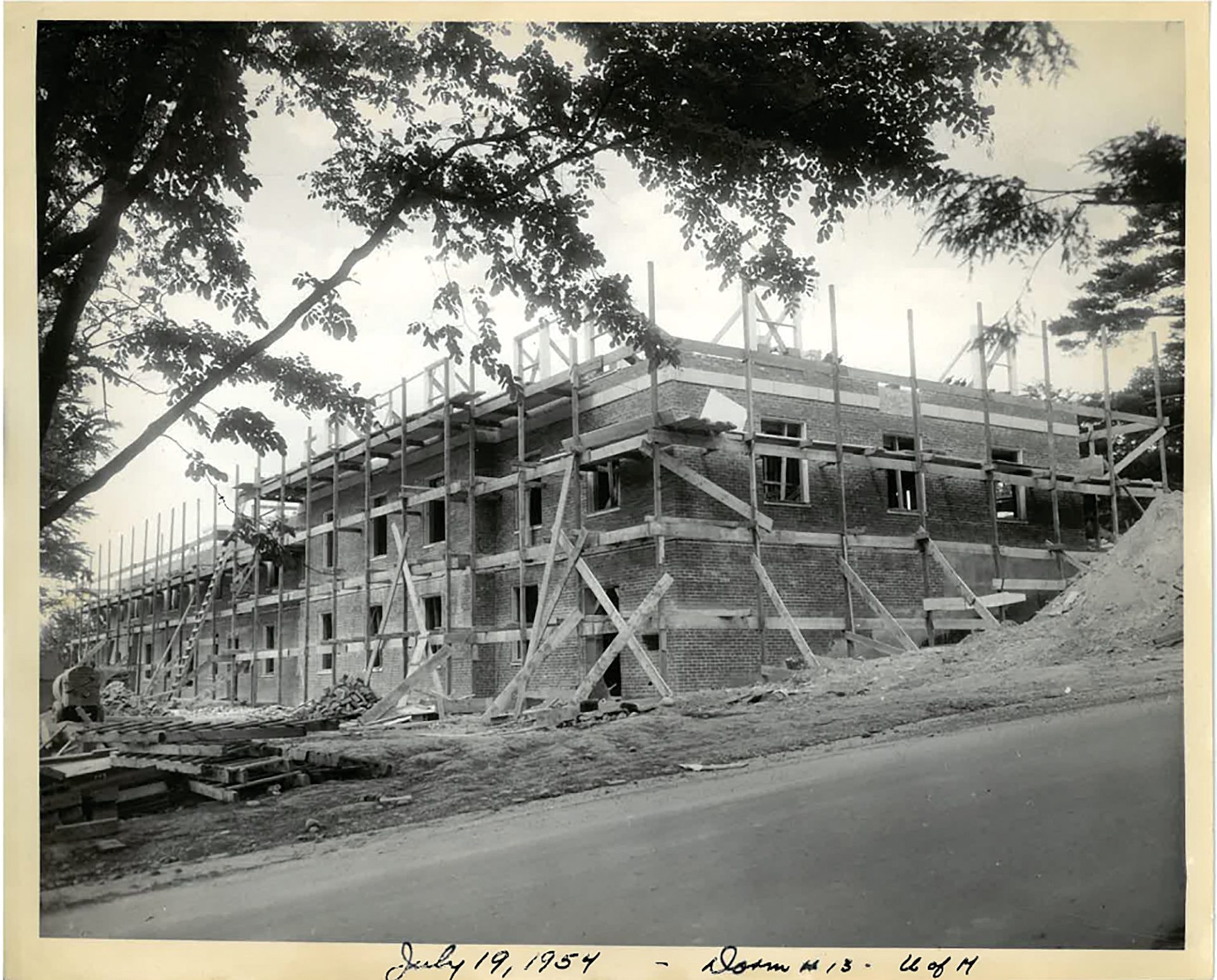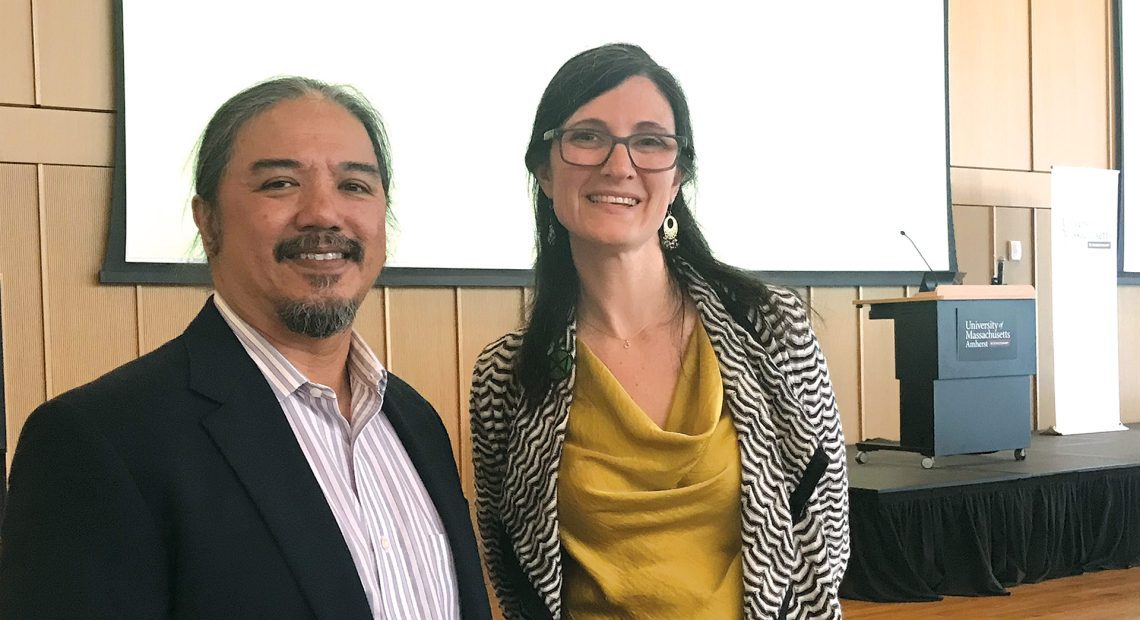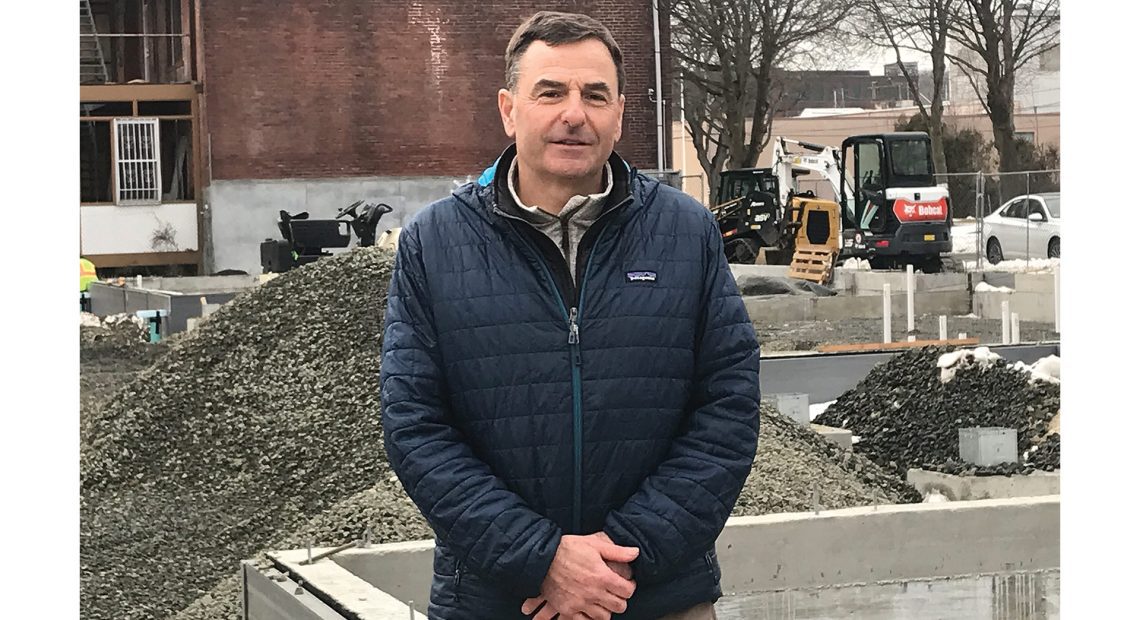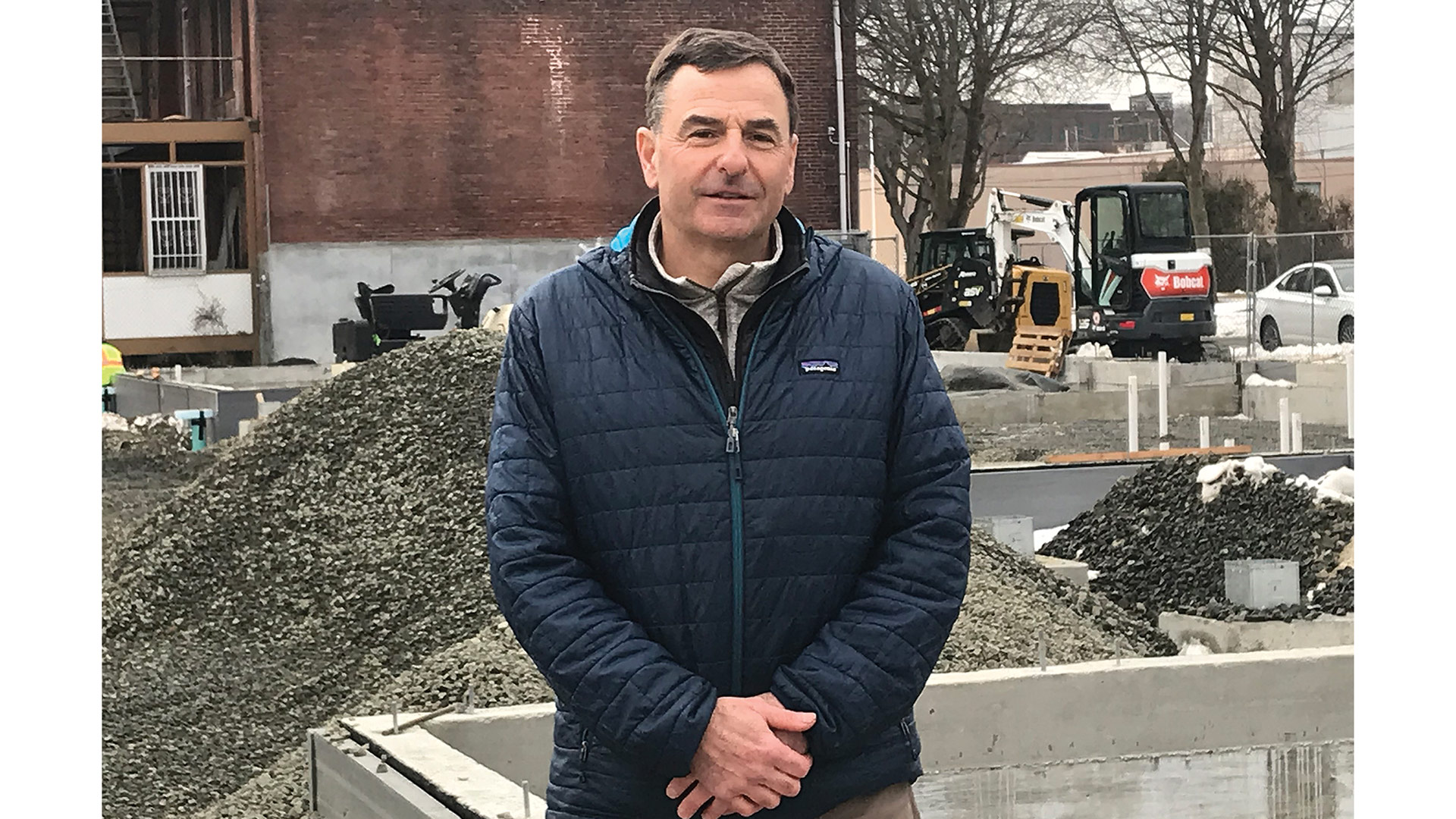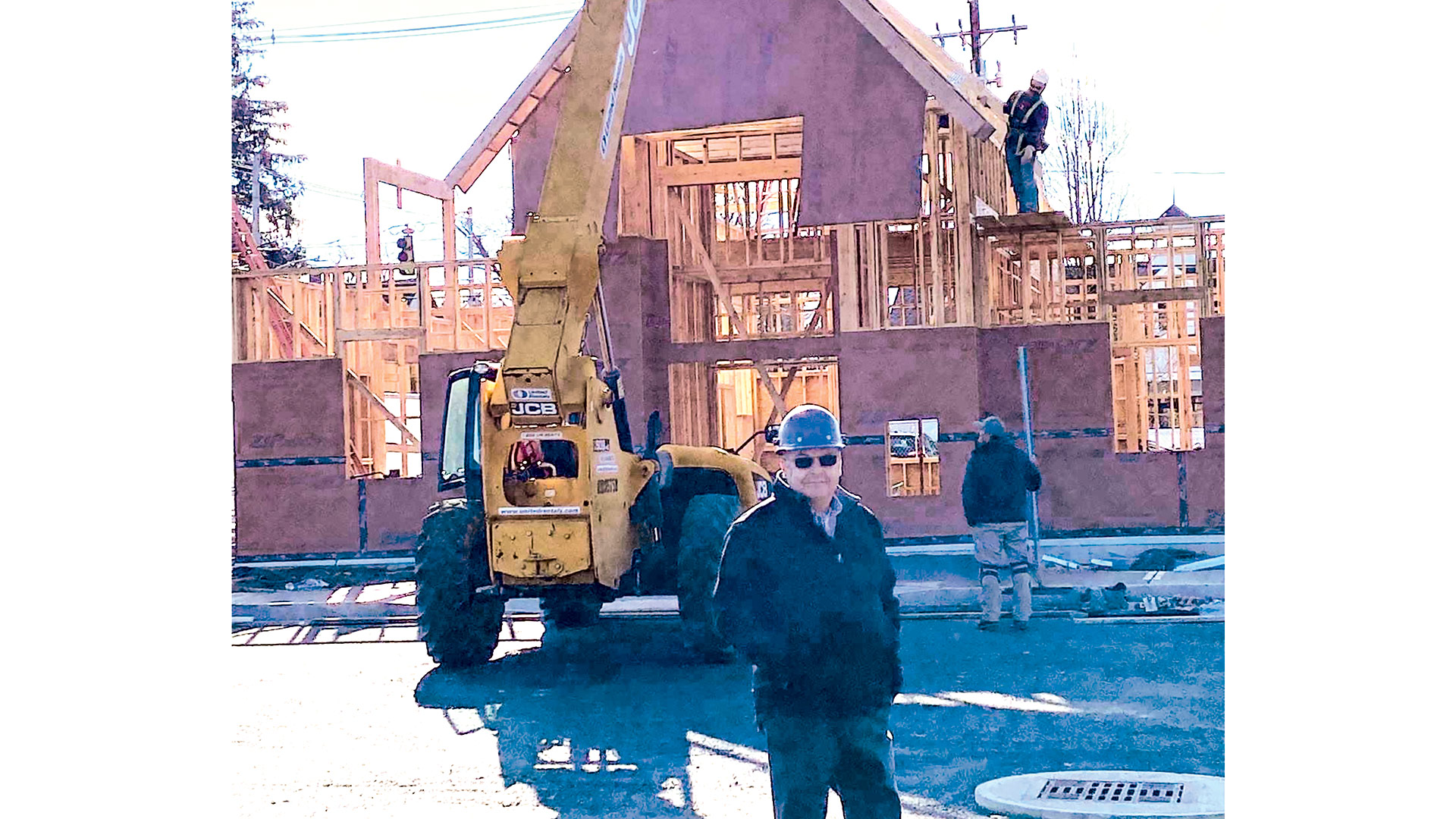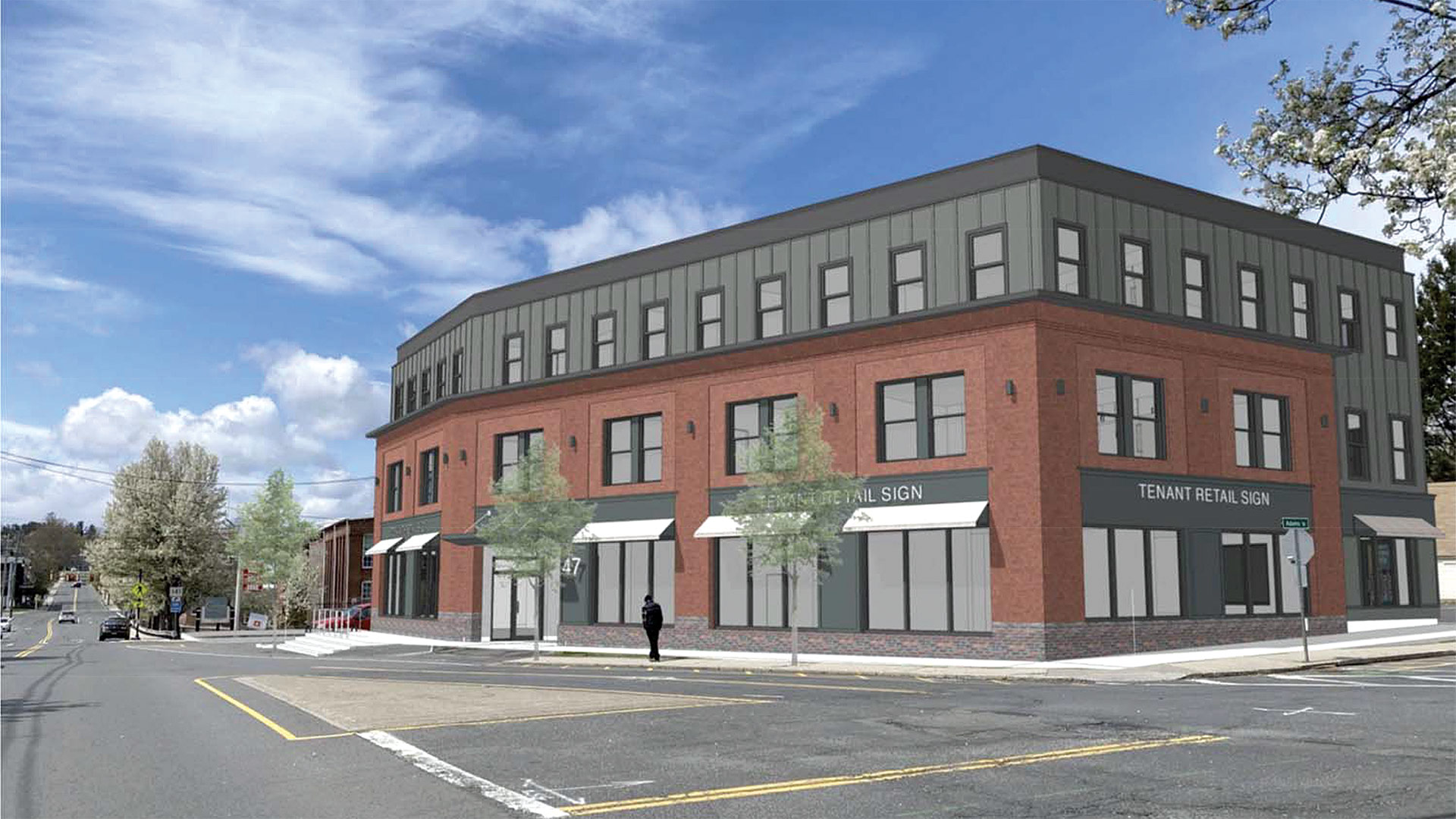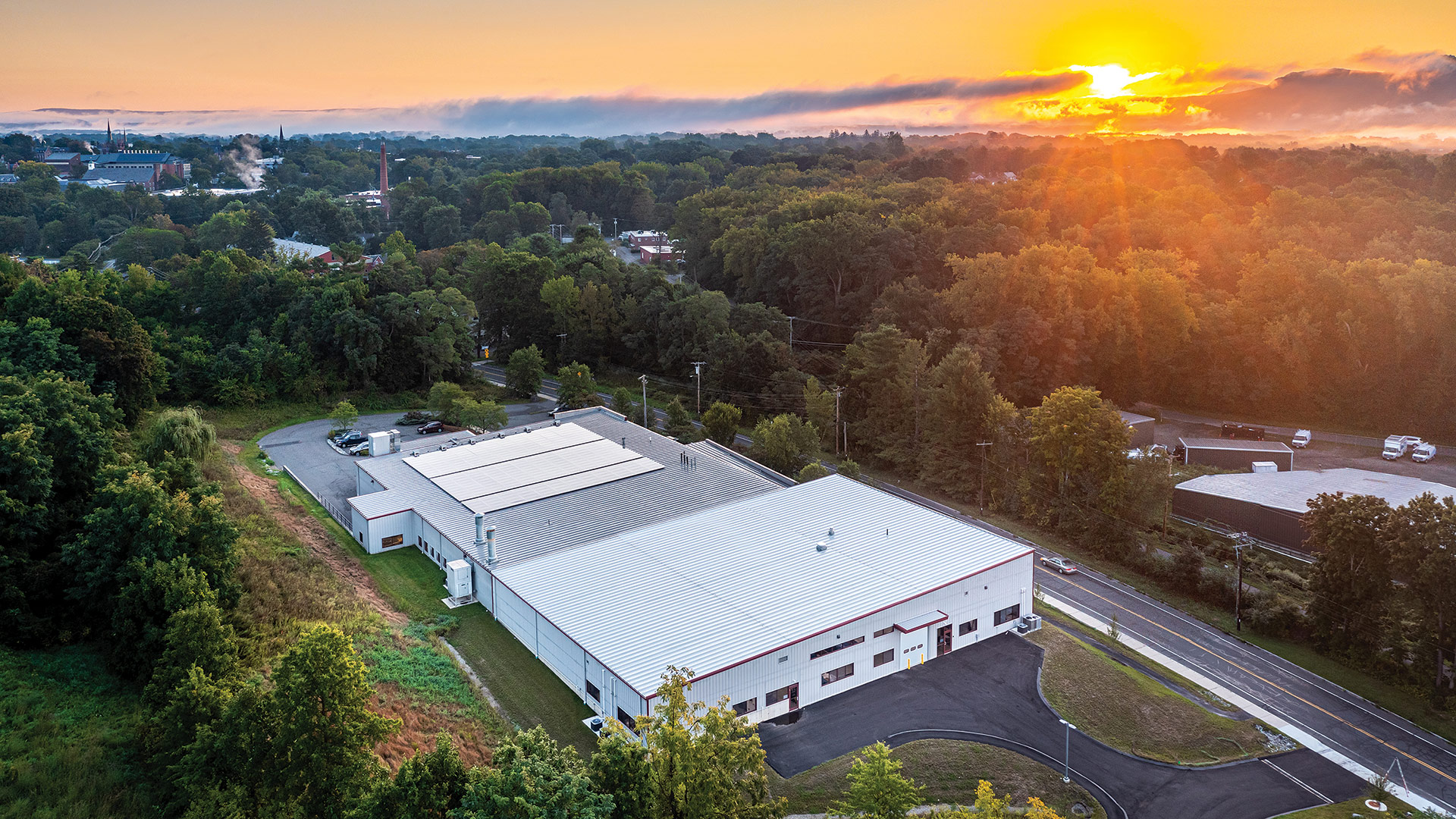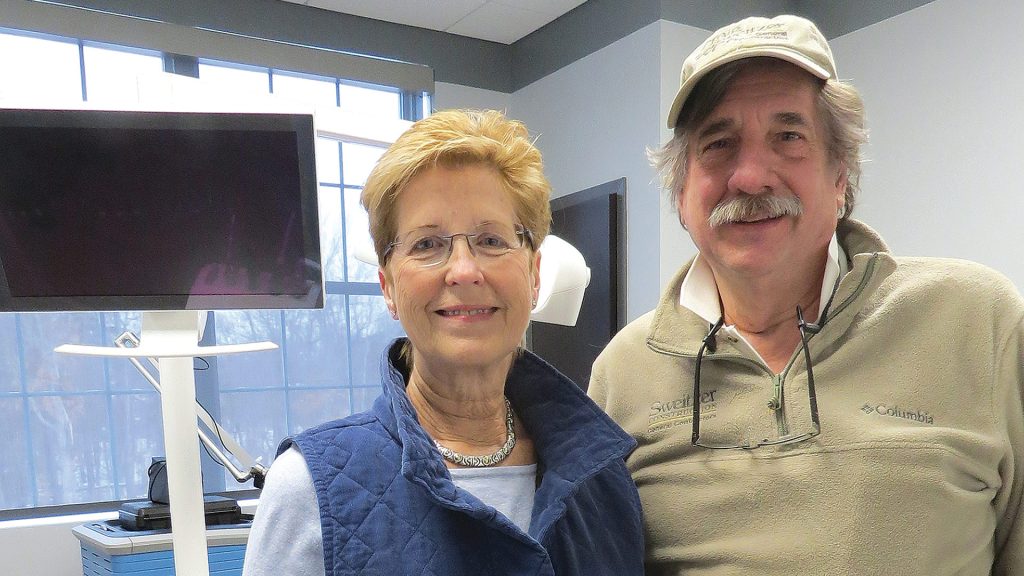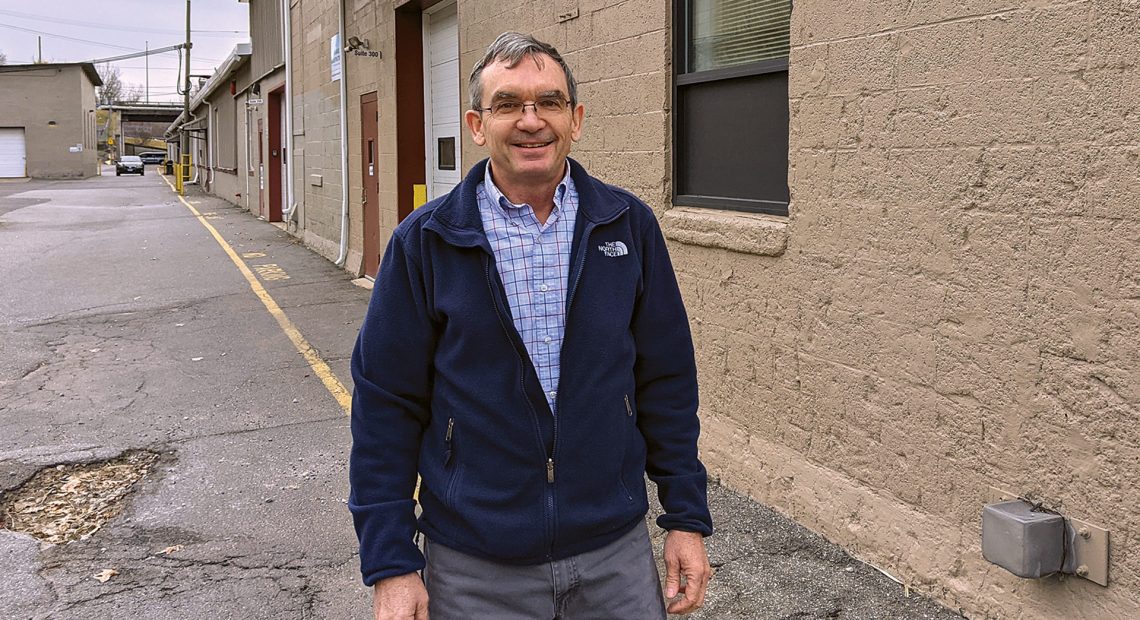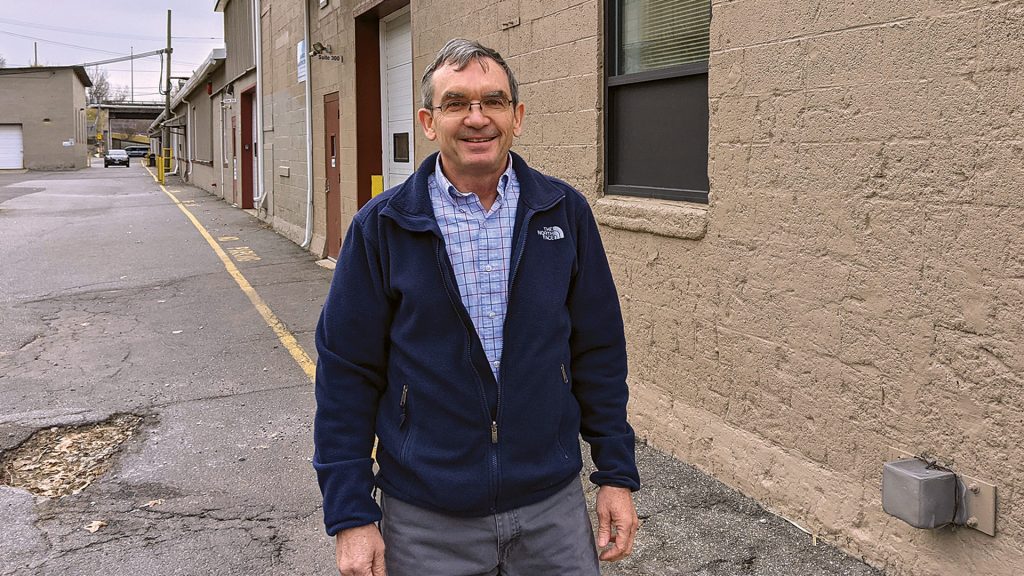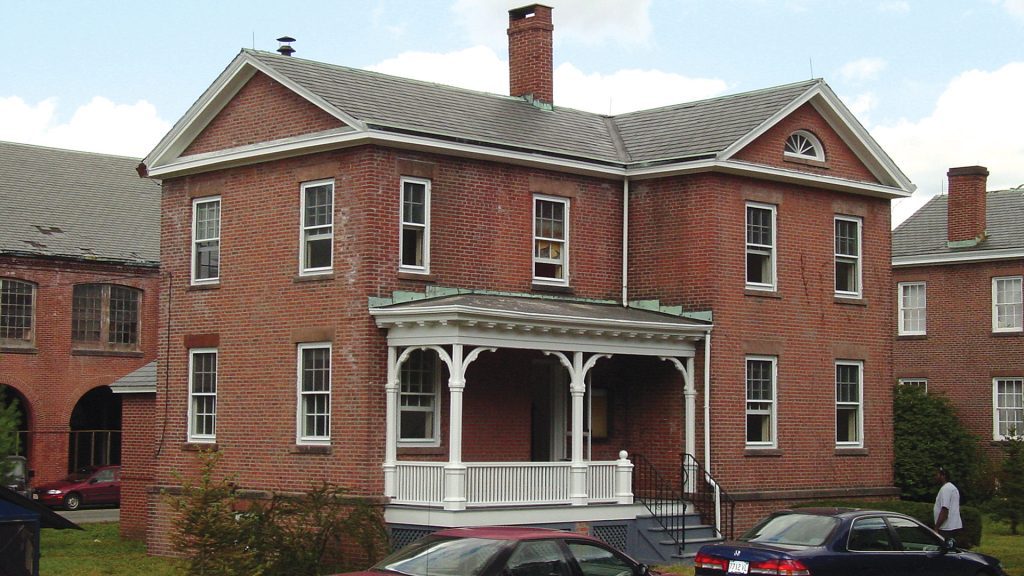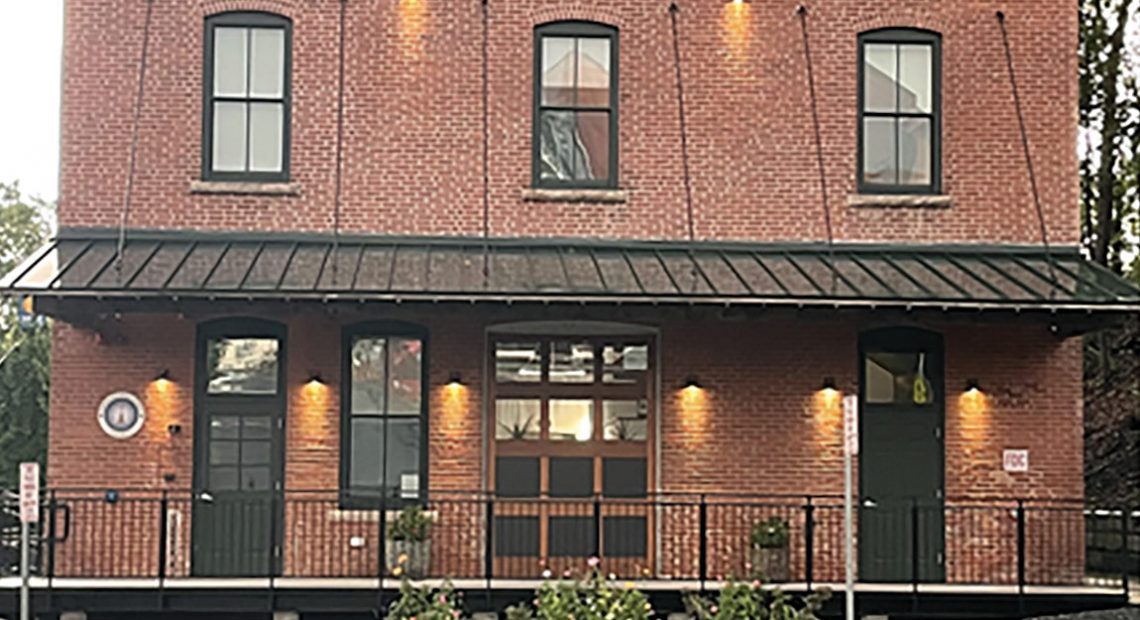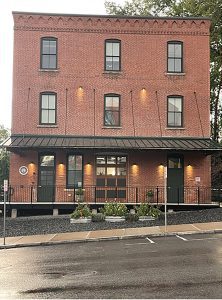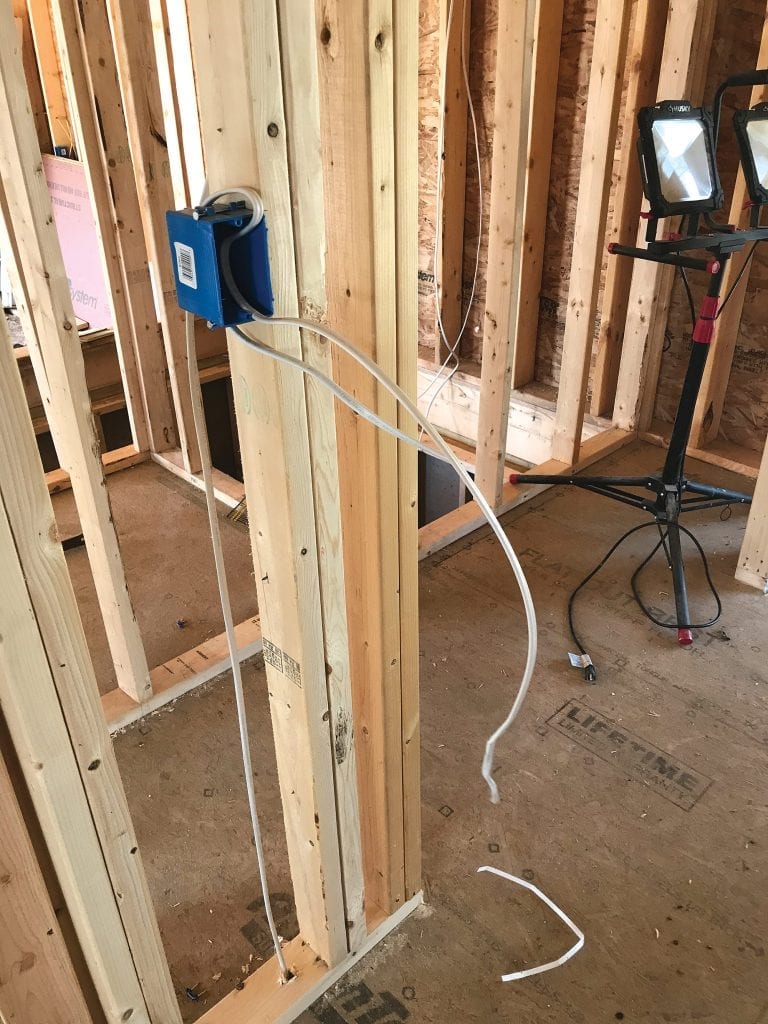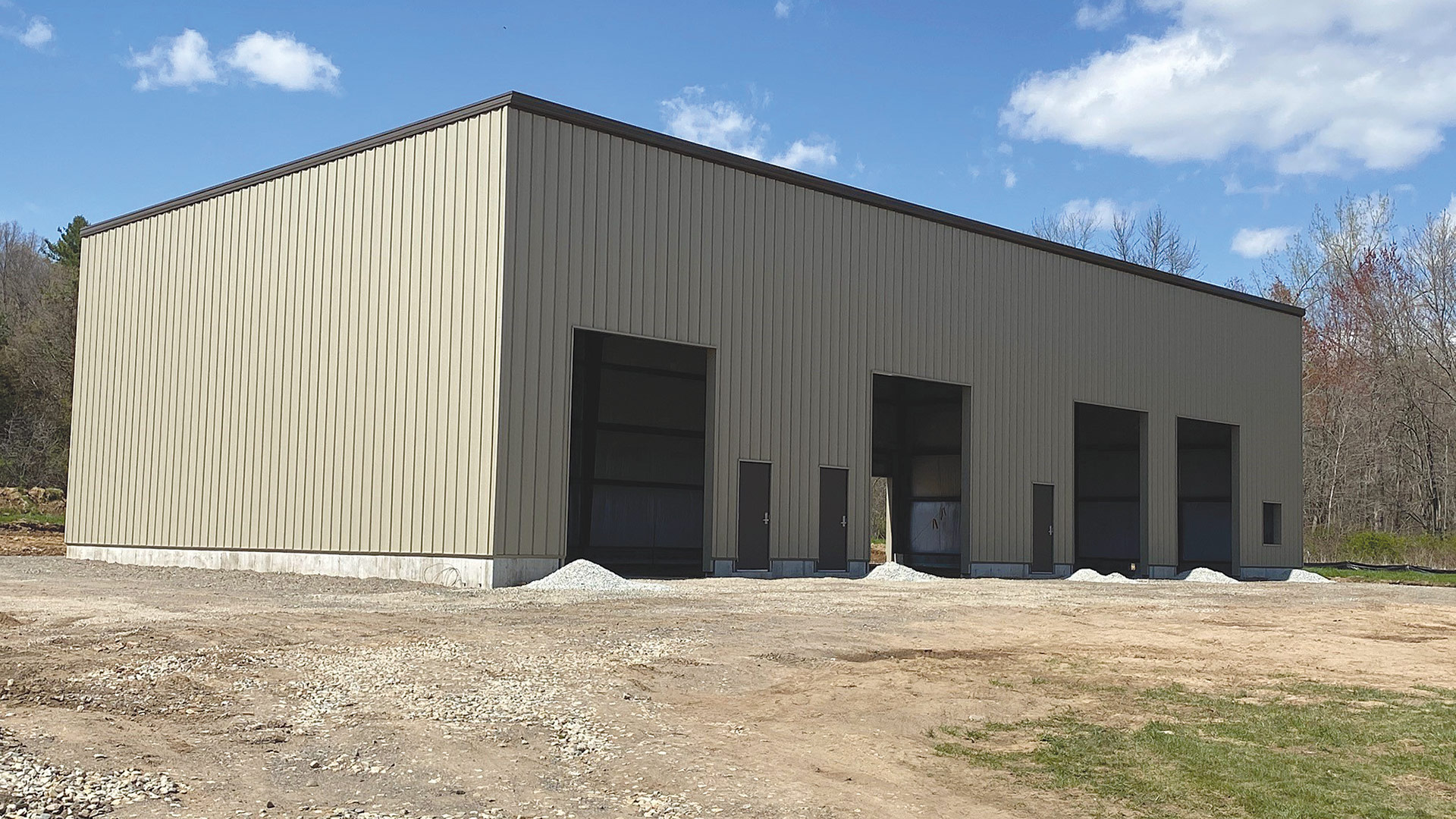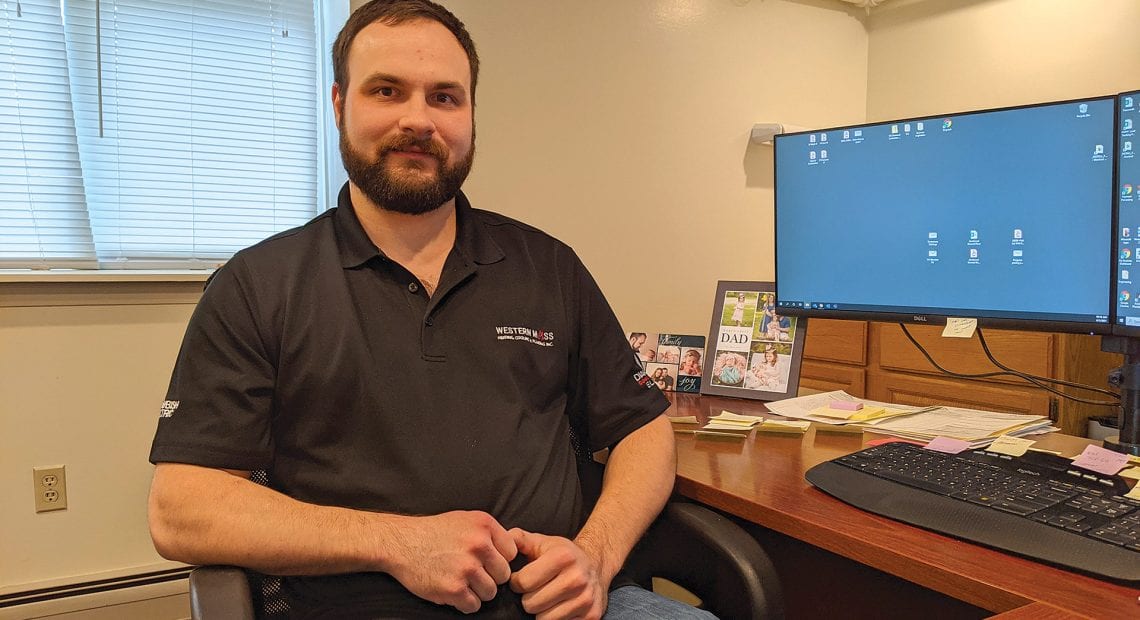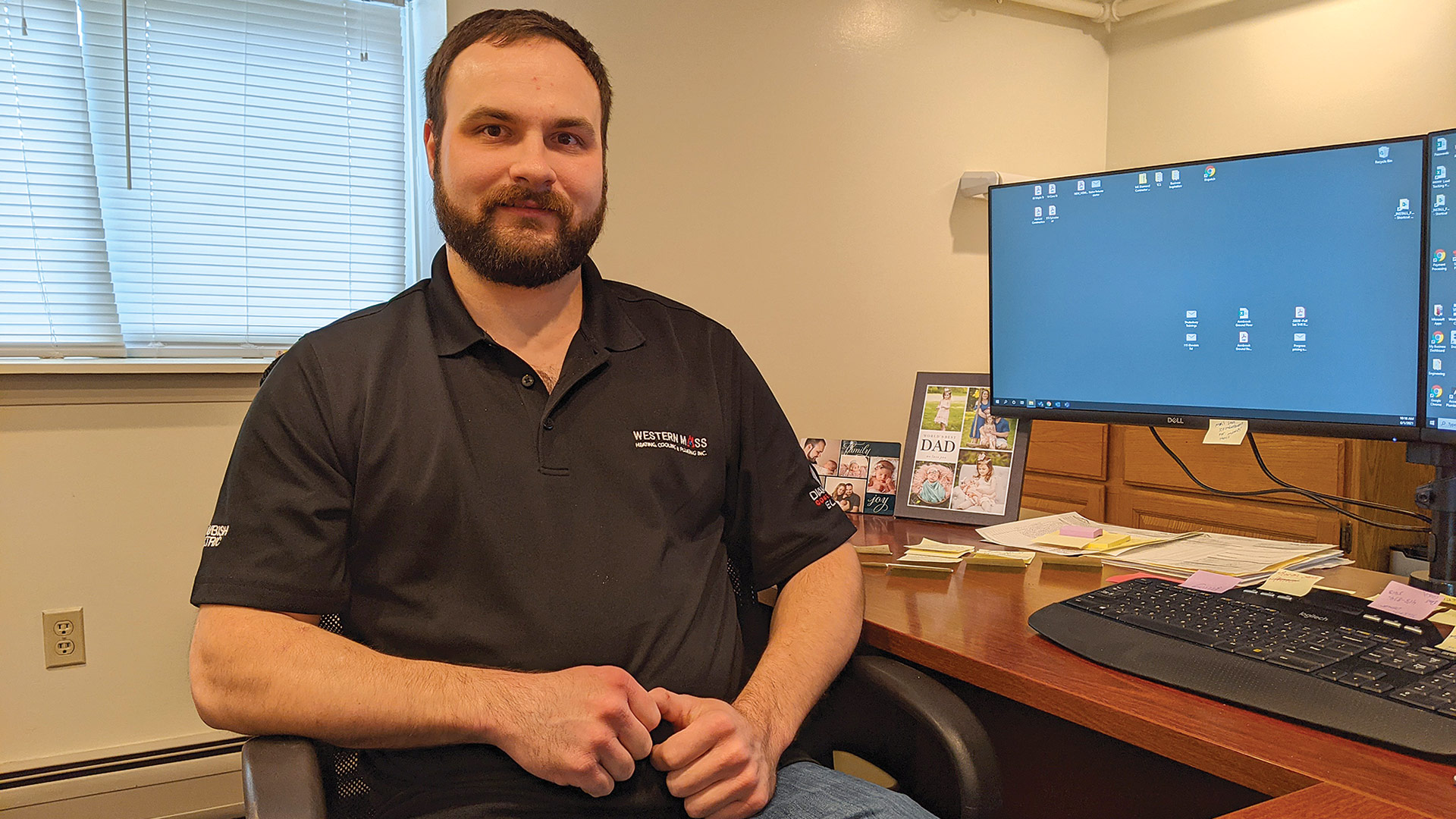Toward More Accessible Housing
On June 27, the Massachusetts Senate passed its Affordable Homes Act, authorizing $5.4 billion in borrowing and making policy changes with the goal of building new housing, accelerating the rehabilitation of existing housing, reducing barriers to development, and promoting affordable housing.
The legislation passed unanimously. With separate versions having passed the Senate and the House of Representatives, the two branches will now reconcile the differences.
State Sen. Adam Gomez, who has personally experienced housing insecurity, lauded the bill’s passage.
“The housing crisis we are seeing nationwide is one of the major challenges of our lifetime, and a challenge we can’t shy away from if our state is going to remain competitive and viable for families and individuals who want to set their roots here,” he said. “Today, we took important steps to address this issue and make the housing market more approachable to first-time buyers and people of color, as well as renters looking for affordability in the areas they work. I am proud of our work here and look forward to seeing this blueprint put in motion.”
Sen. Adam Gomez
“The housing crisis we are seeing nationwide is one of the major challenges of our lifetime, and a challenge we can’t shy away from if our state is going to remain competitive and viable for families and individuals who want to set their roots here.”
According to a release by the Massachusetts Senate press room, the bill’s components include the following:
Creating and Repairing Public Housing
The Senate’s Affordable Homes Act provides $2.2 billion for repairs, rehabilitation, and renovation across the 43,000 units of state-aided public housing. This investment aims to ensure that the state’s public housing infrastructure remains safe, modern, and sustainable so it can continue providing quality living conditions for thousands of families.
To ensure that the Commonwealth makes strides towards its climate goals as it creates housing, $150 million of the funding for public housing is specifically allocated to making energy-efficient upgrades.
Spurring Affordable Housing Units
A further $425 million will go to the Housing Stabilization and Investment Trust Fund, working with municipalities, nonprofits, and developers to support housing preservation, new construction, and rehabilitation projects for affordable rental units. This is intended to help the longevity and sustainability of affordable housing stock, addressing both immediate needs and long-term housing solutions.
In addition, the bill includes $800 million for the Affordable Housing Trust Fund to create and preserve housing for households with an income at or below 110% of area median income, helping to bridge the gap between the high cost of housing and what many families can afford.
Building Sustainably
This bond bill includes $275 million for innovative, sustainable, and green housing initiatives. By finding new ways to build that don’t have such a detrimental environmental impact, these initiatives will help pave the way for a greener housing portfolio in Massachusetts and will be an important part of the state’s response to the climate crisis.
Supporting First-time Homebuyers in Gateway Cities
The Senate’s Affordable Homes Act authorizes $200 million for the CommonWealth Builder program to further the production of housing in gateway cities for first-time homebuyers. This initiative supports economic development in these cities, helping families achieve homeownership and contributing to the revitalization of urban areas.
The legislation also includes $50 million for MassDreams, a program that provides down-payment and closing-cost grants to first-time homebuyers who meet the program’s eligibility criteria and who currently live in one of the 29 communities that were disproportionately impacted by the COVID-19 pandemic.
Maintaining Essential Infrastructure
The bill provides $375 million for HousingWorks, a program that awards grants to municipalities and other public entities for a variety of infrastructure-related support.
Of this amount, $100 million will be dedicated to addressing water, sewer, and septic challenges tied to housing developments, and $100 million will help incentivize best practices in communities that have adopted the Community Preservation Act (CPA) and are spending a high percentage of those funds on housing, as well as MBTA communities that are going beyond the minimum requirements set forth in the MBTA zoning law passed in 2021. Communities that have been proactive in creating transit-oriented development, which reduces traffic congestion and promotes sustainable urban growth, will be eligible.
Addressing Regional Equity
The legislation includes $150 million in dedicated funds to address the unique housing needs of rural towns, seasonal communities, and mid-sized communities, aiming to ensure that all areas of the state, regardless of size or location, have the resources to meet their specific housing challenges.
Policy Proposals
The Senate’s Affordable Homes Act also contains multiple policy proposals to go hand in hand with the new authorizations, including:
• Protecting Tenants from Broker Fees. By requiring that real-estate brokers’ fees be paid solely by the party that contracted with them, this legislation aims to ensure that buyers are not burdened with unexpected and extraordinary costs, while also promoting transparency and fairness in real-estate transactions.
• Establishing Equity-focused Housing Offices. The Office of Fair Housing and the Office of Livable Communities and Community Services will be established under the Executive Office of Housing and Livable Communities. These offices aim to set the Commonwealth on a path to address many decades of housing discrimination by prioritizing equity issues in housing, ensuring equal access to housing opportunities for all residents, and offering technical assistance to cities and towns that can sometimes lack dedicated housing staff.
• Eviction Record Sealing. The bill introduces a process for tenants to seal their eviction records in cases of no-fault evictions and other limited scenarios. This policy protects vulnerable tenants from the long-term stigma of eviction records, enhancing their ability to secure future housing and promoting housing stability.
• Accessory Dwelling Units (ADUs). The legislation prohibits the banning or unreasonable restriction of ADUs in single-family residential zones, promoting flexible housing options. This policy aims to enable homeowners to create additional living spaces, increase housing supply, and provide more affordable rental options within established neighborhoods.
• Homeownership Tax Credit. This new tax credit will be available for the production of homeownership units for households that make up to 120% of the area median income, incentivizing housing production and promoting homeownership opportunities.
‘A Bold Commitment’
State Sen. Lydia Edwards, chair of the Senate Committee on Housing, called the bill “more than a legislative measure; it is a bold commitment to the principles of production, preservation, and protection of housing across the Commonwealth. With a $5.4 billion investment, we are building new homes, preserving existing ones, and ensuring that all residents, especially the most vulnerable, have access to safe and affordable housing.
“This bill can’t fix everything or undo past injustices, but it can course correct and set us on the right path,” she added. “It acknowledges that solving the housing crisis is a long-term effort, one that requires innovative solutions and ongoing commitment. This act focuses on supporting the vanishing middle class, sealing eviction records, and providing protections for seniors and working-class individuals like teachers, healthcare workers, small-business owners, and public servants. Our goal is to create a more equitable, inclusive, and sustainable future for all in Massachusetts.”





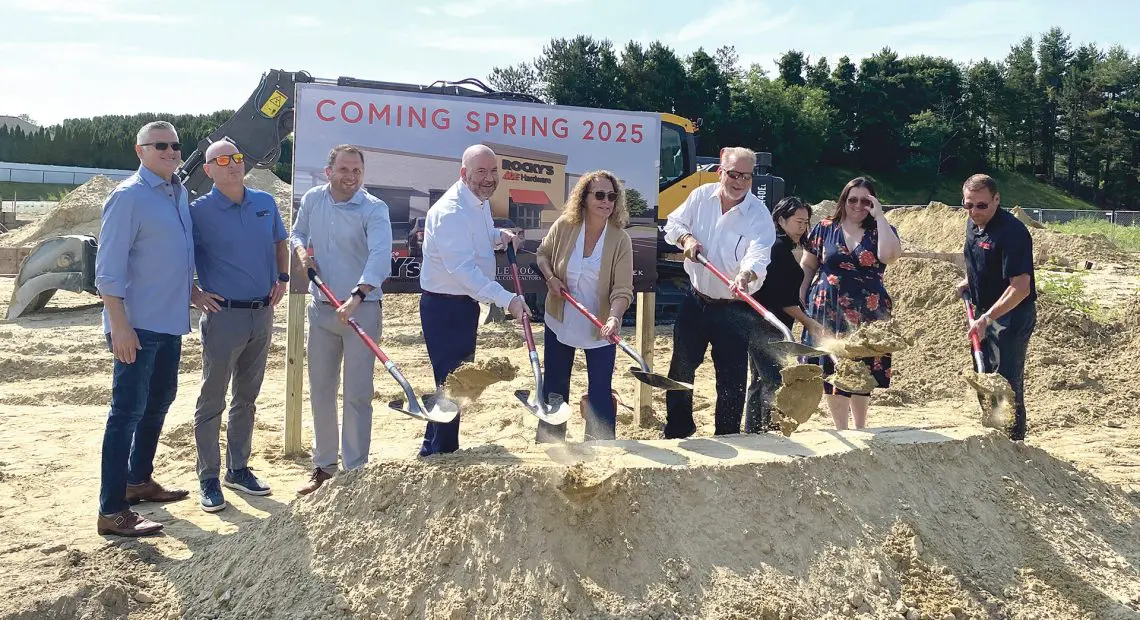
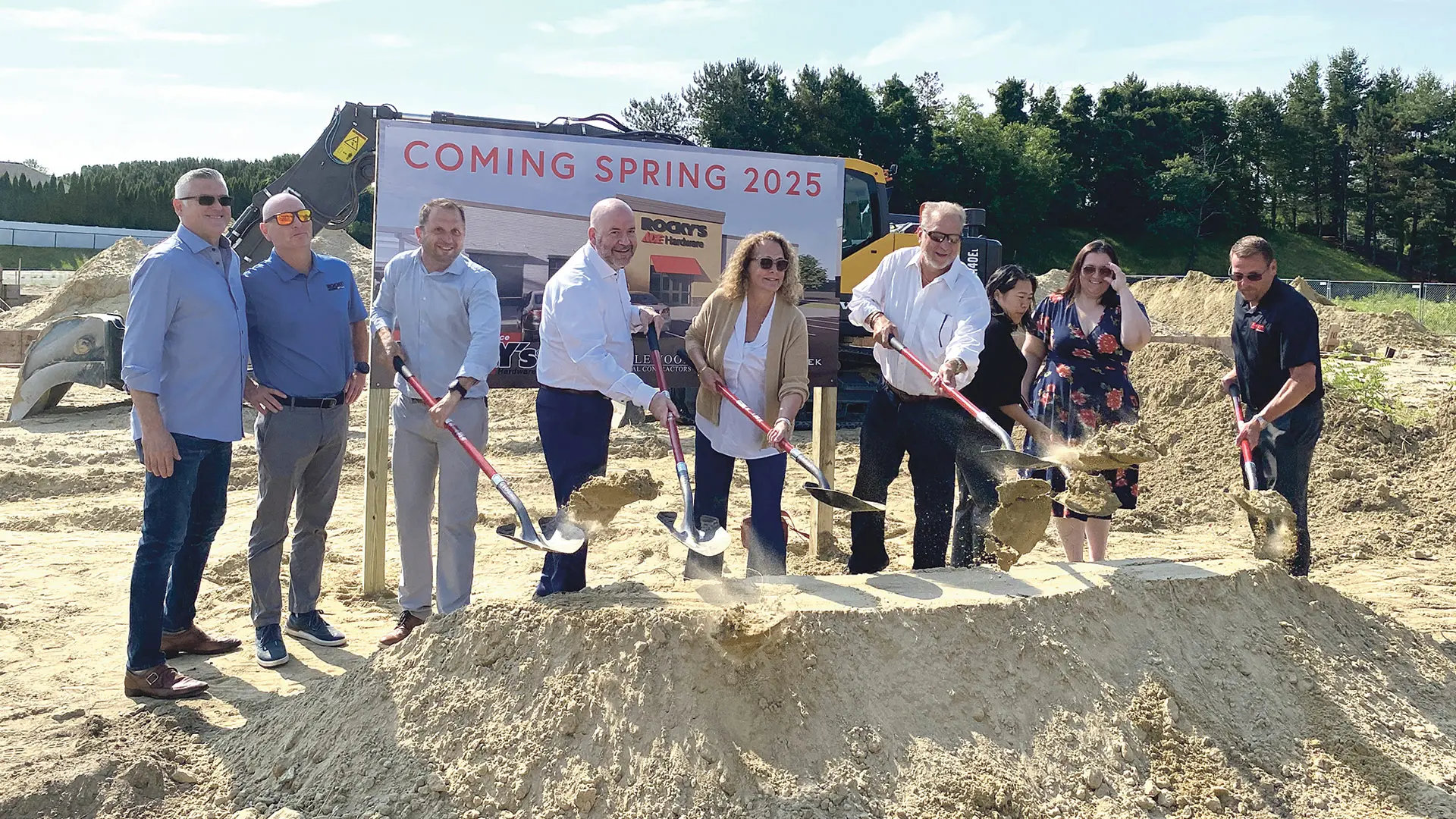








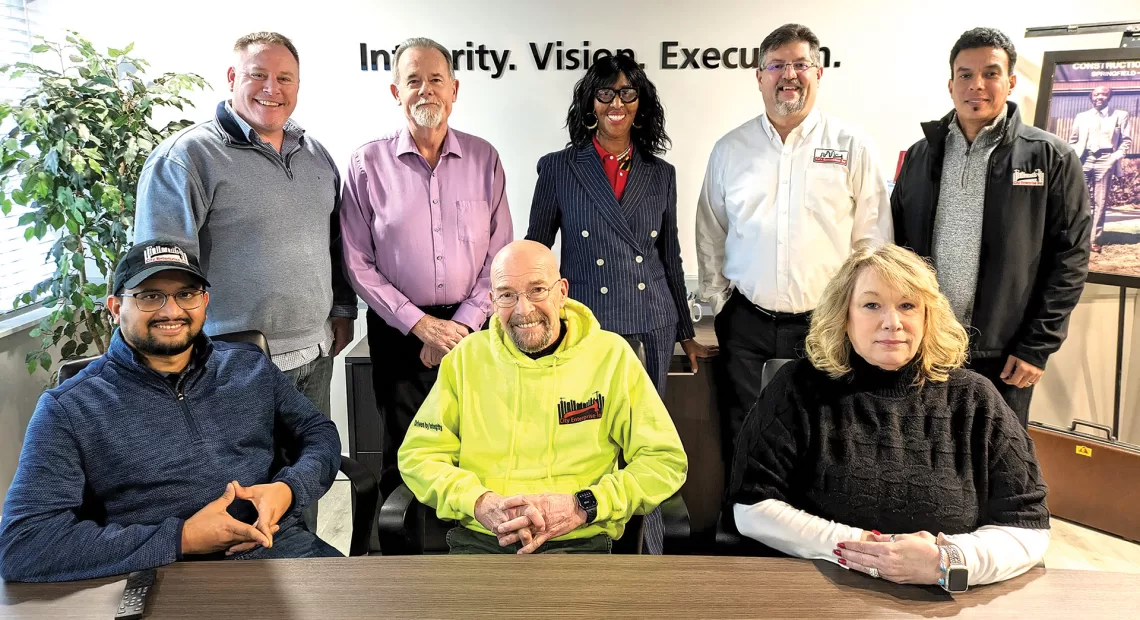

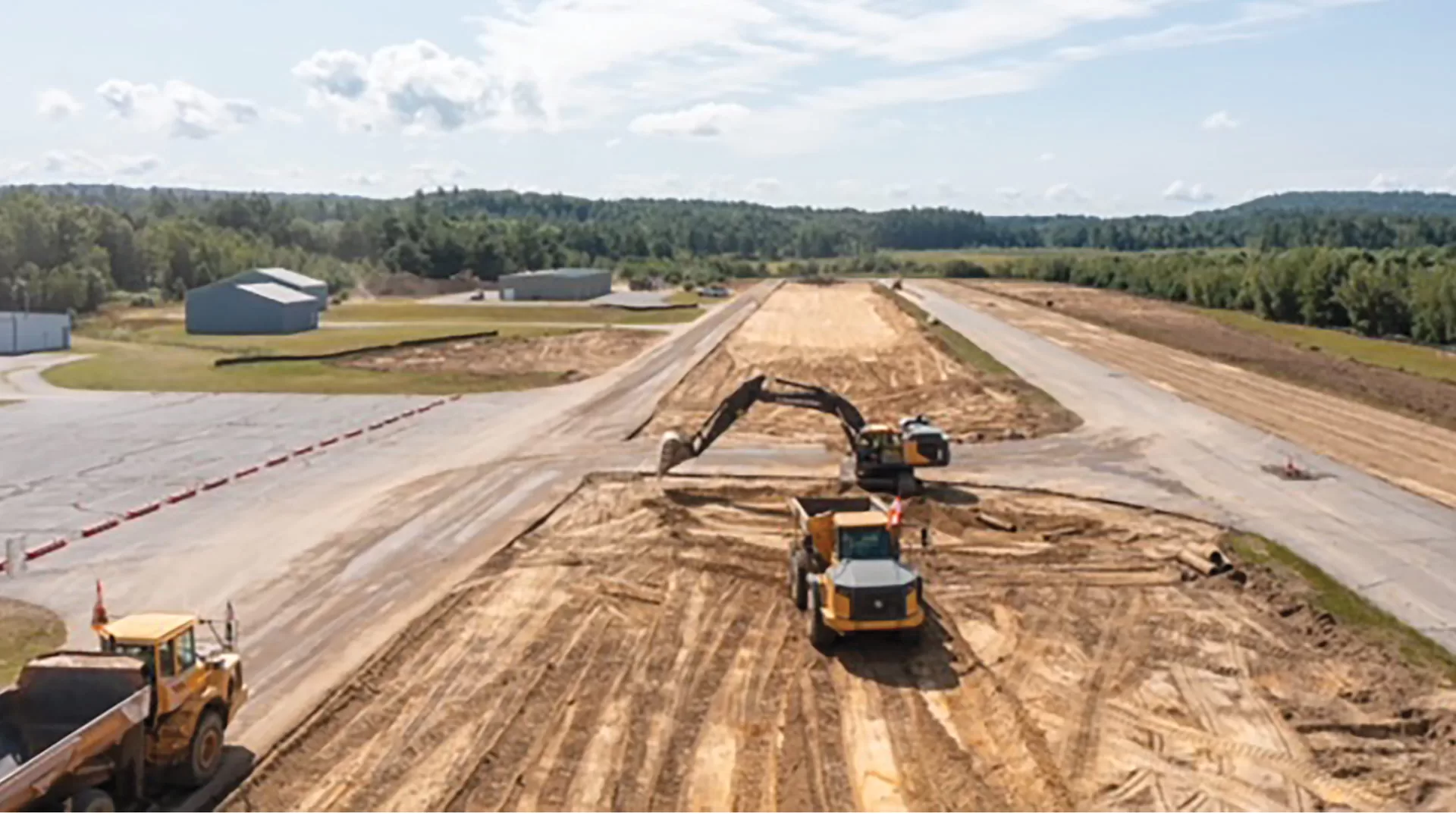


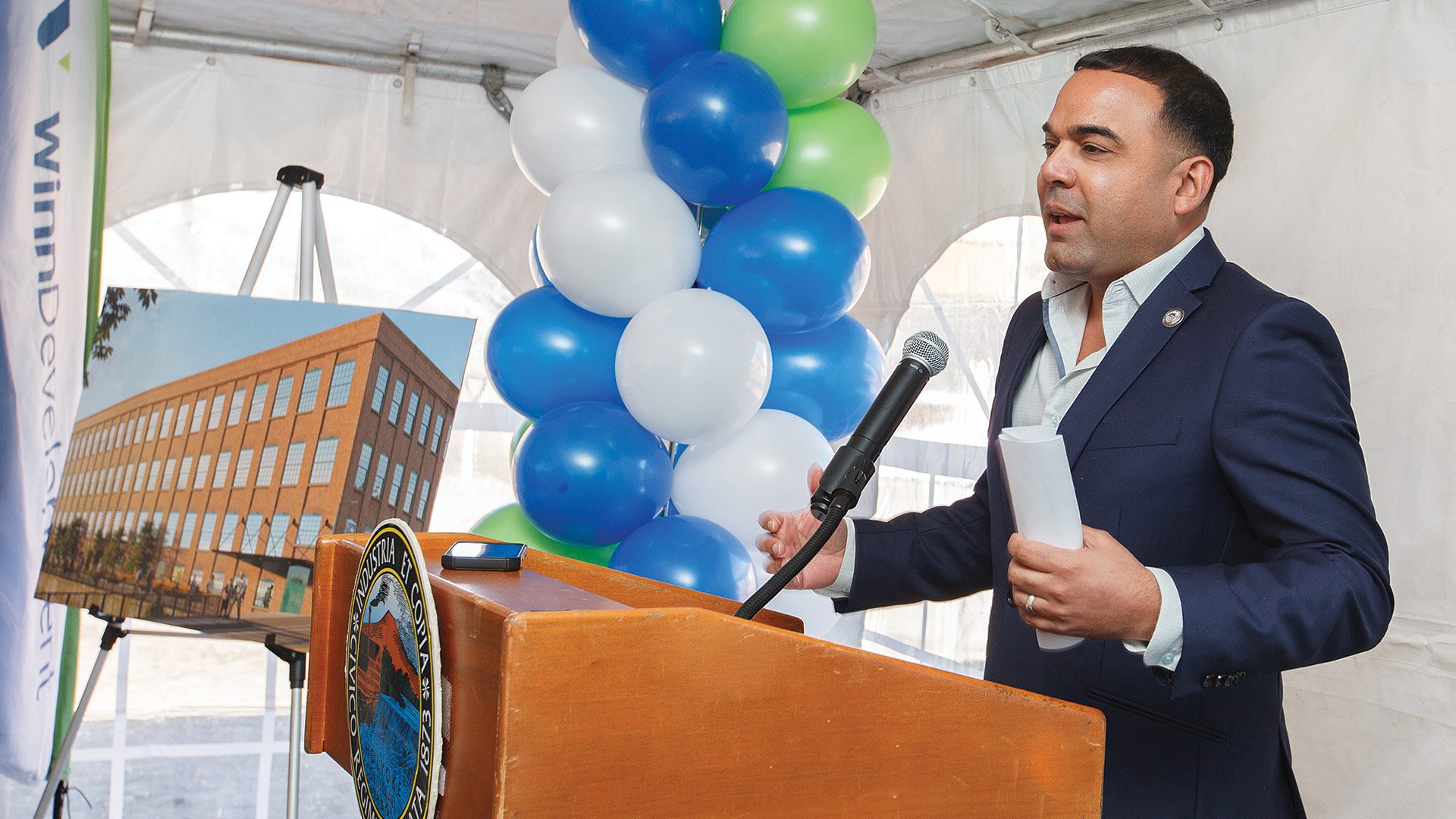

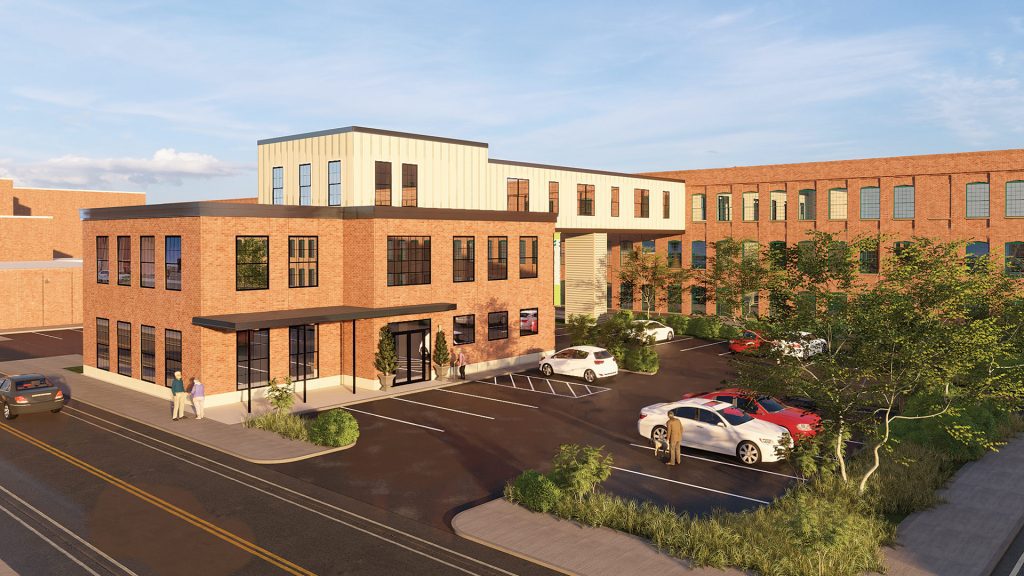

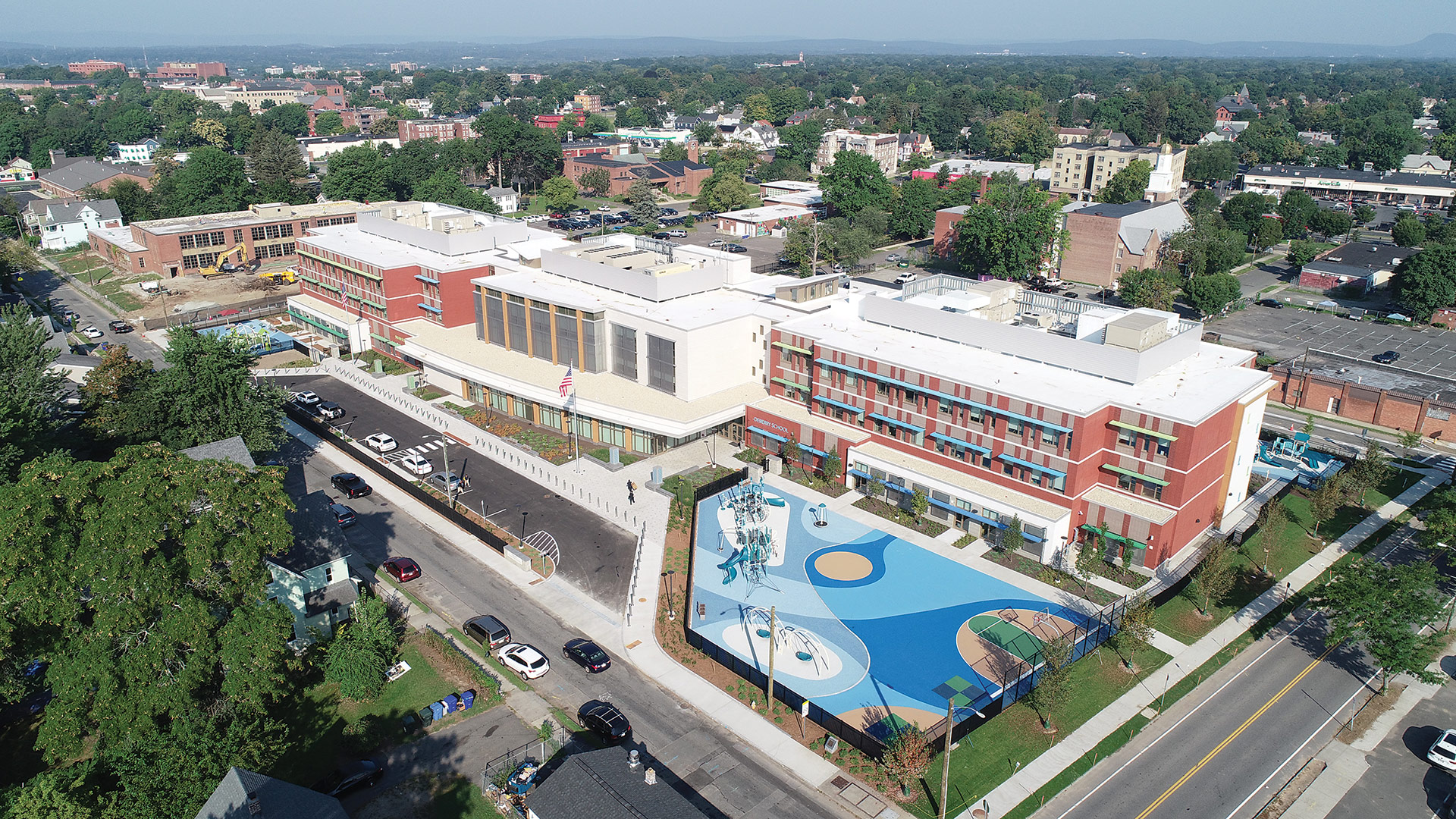




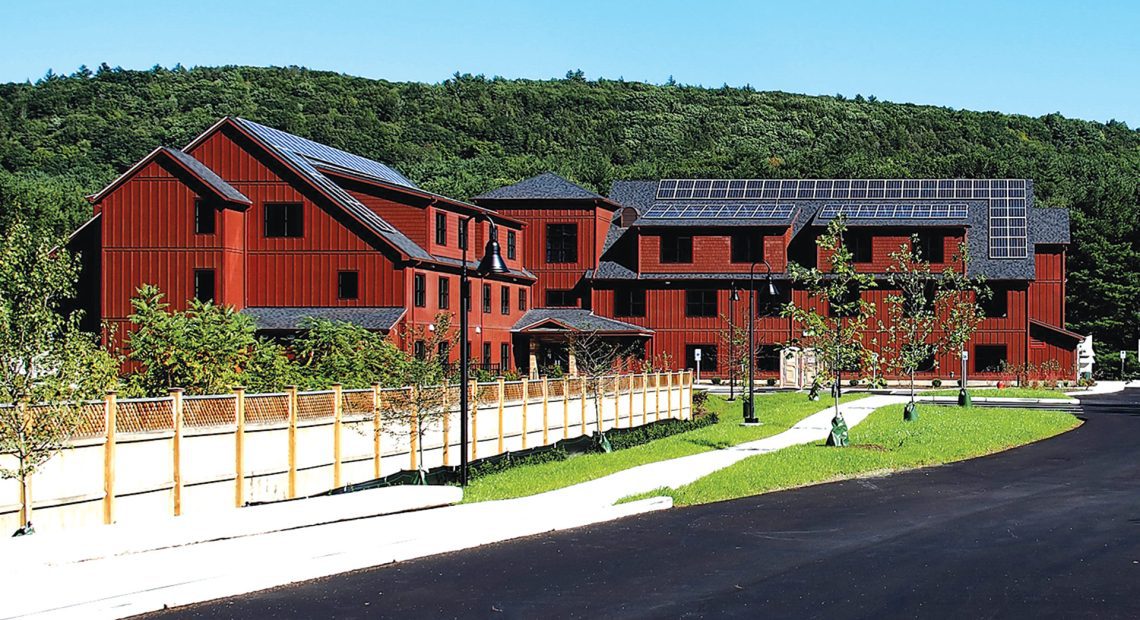
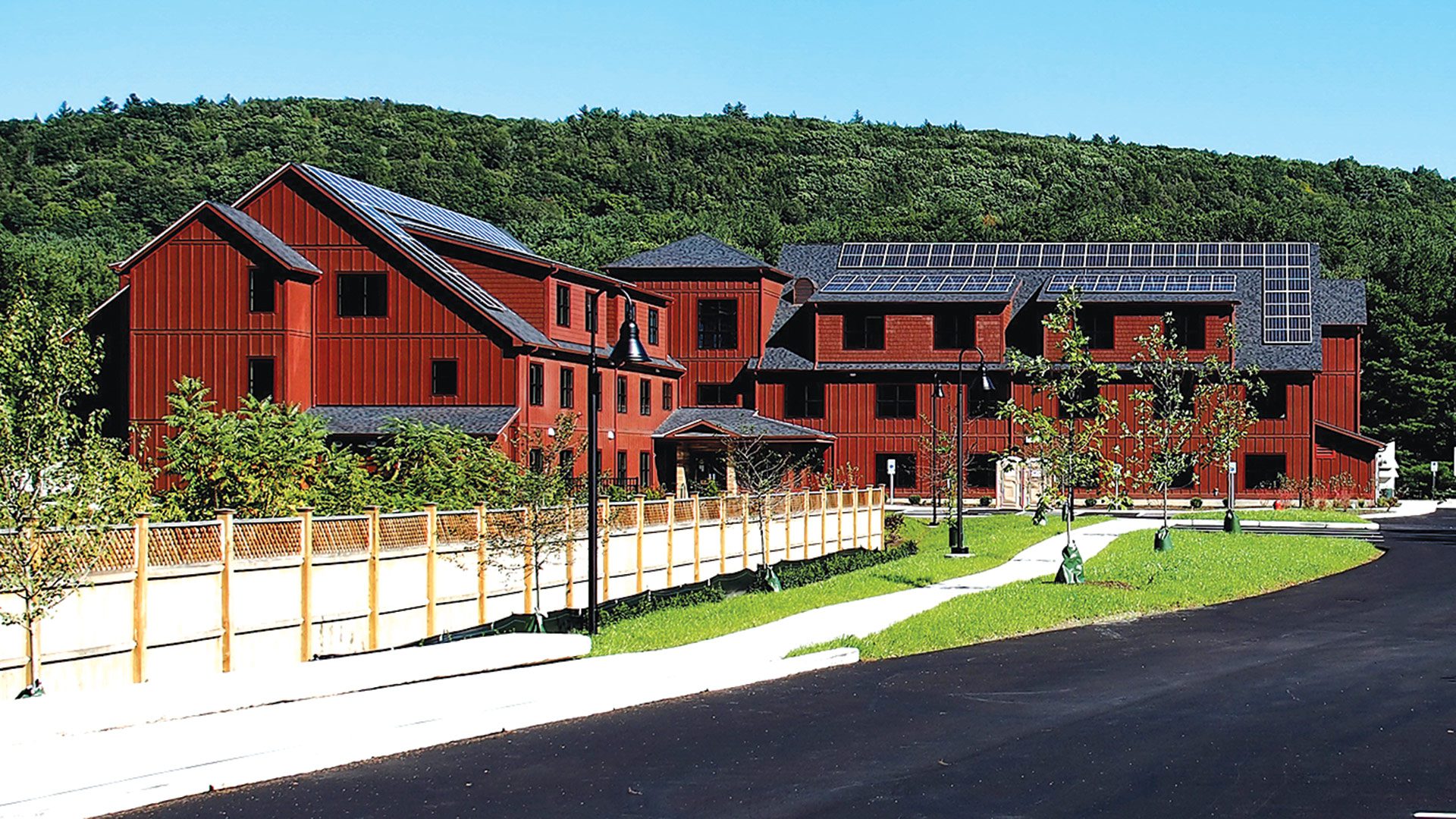
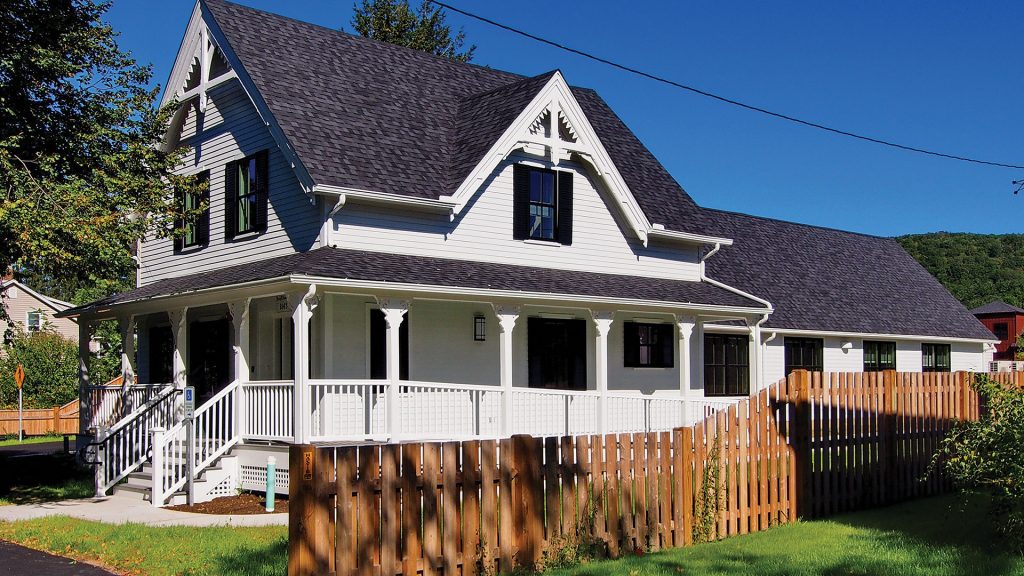




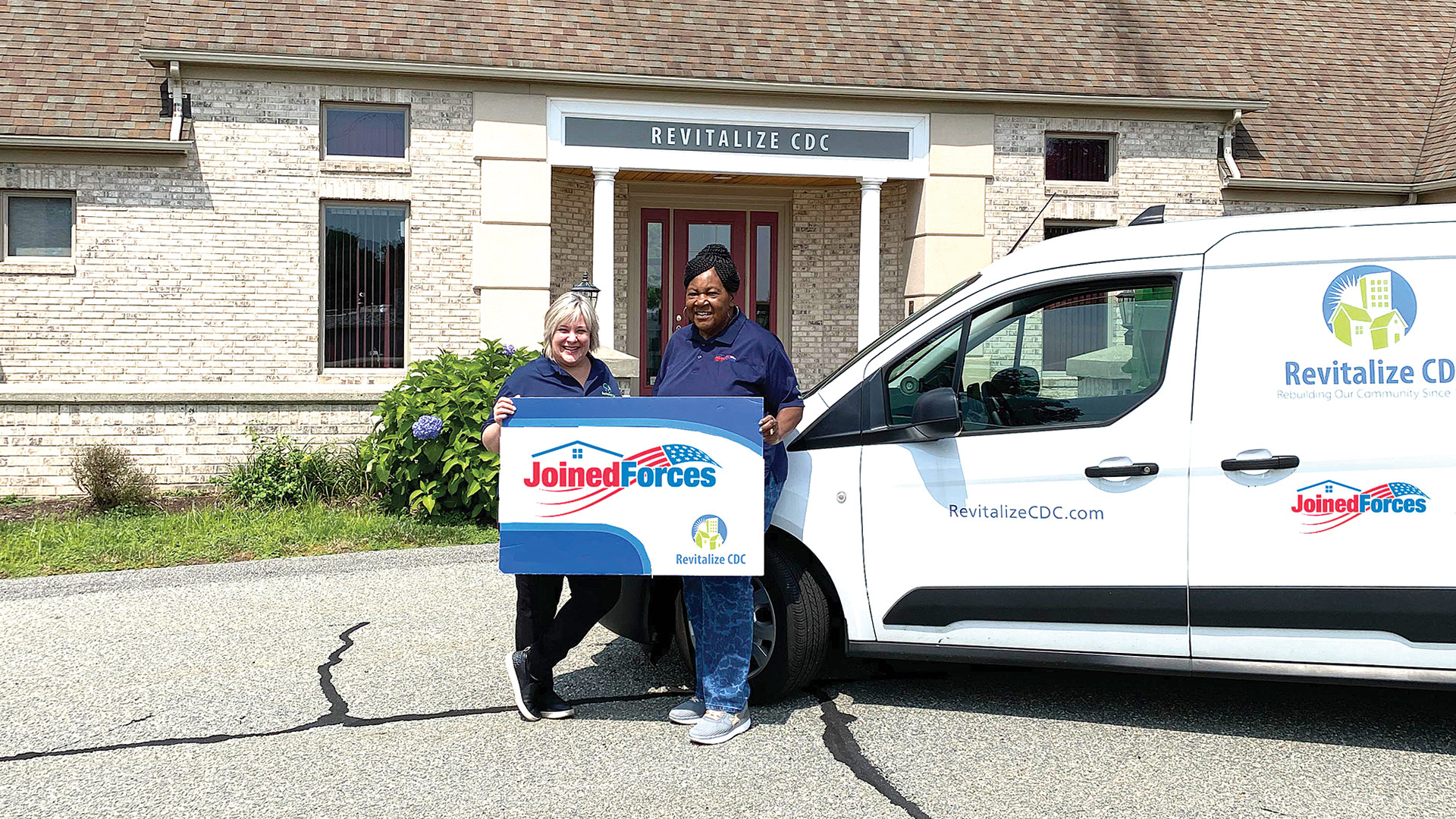

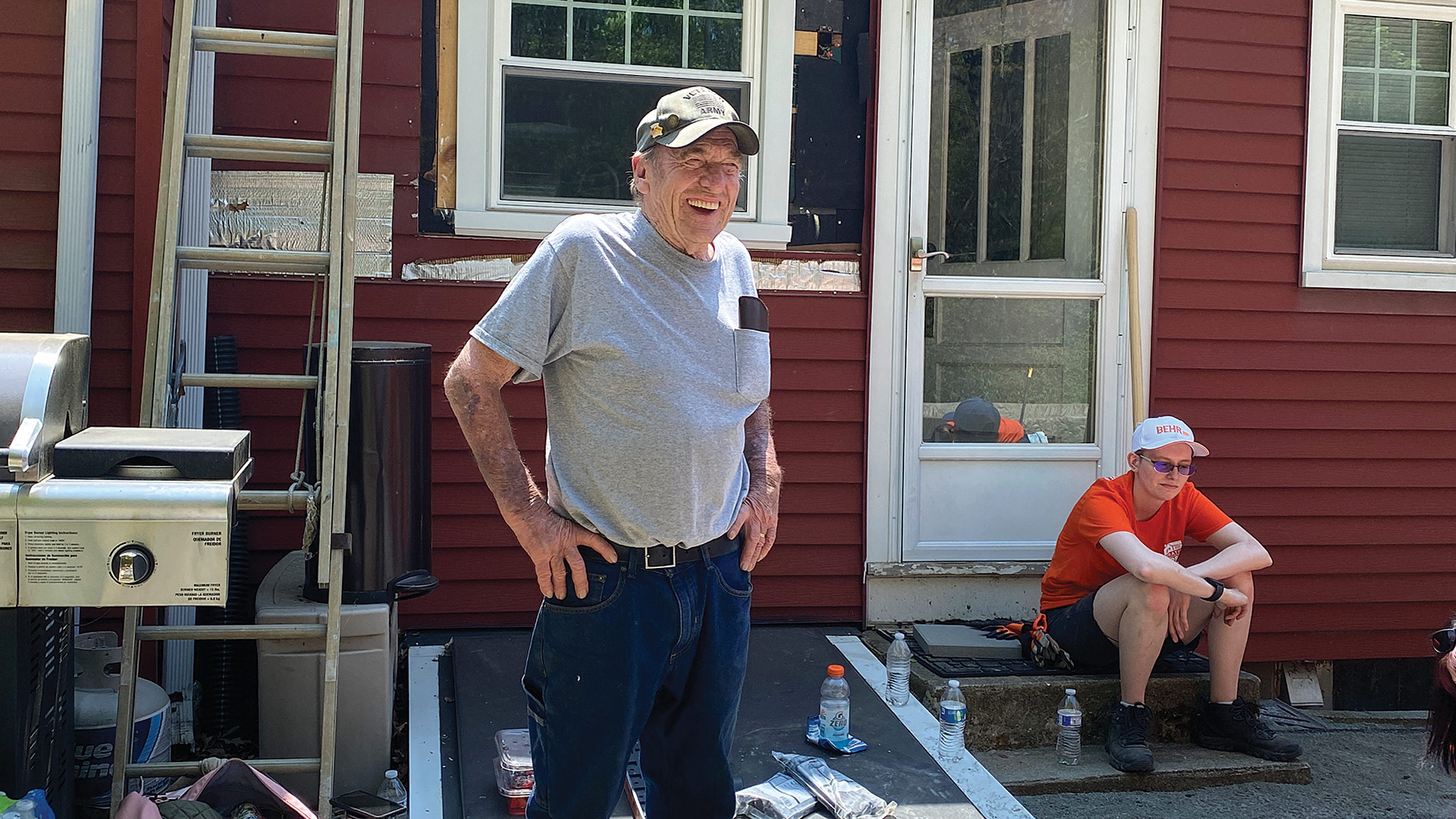




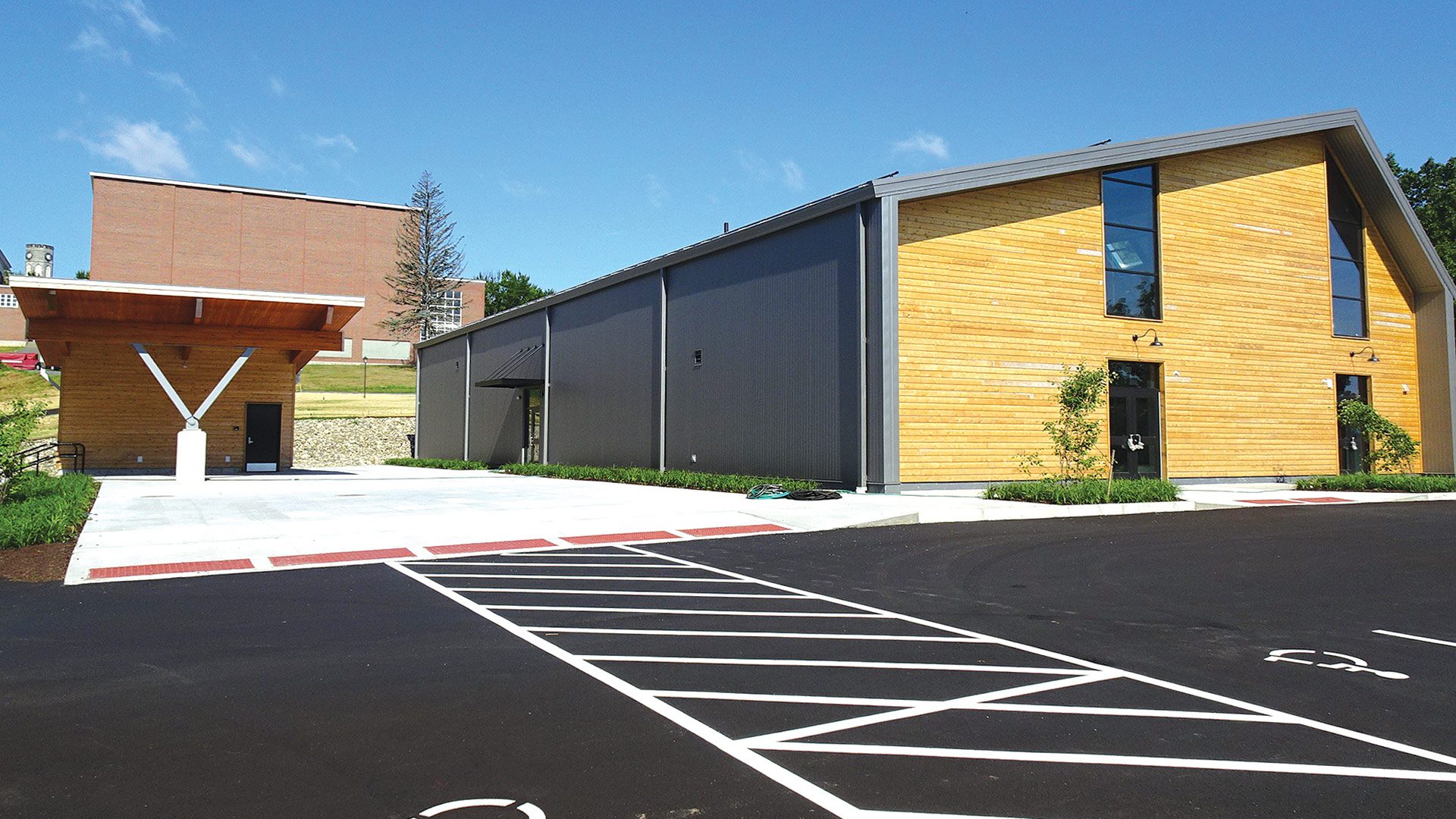



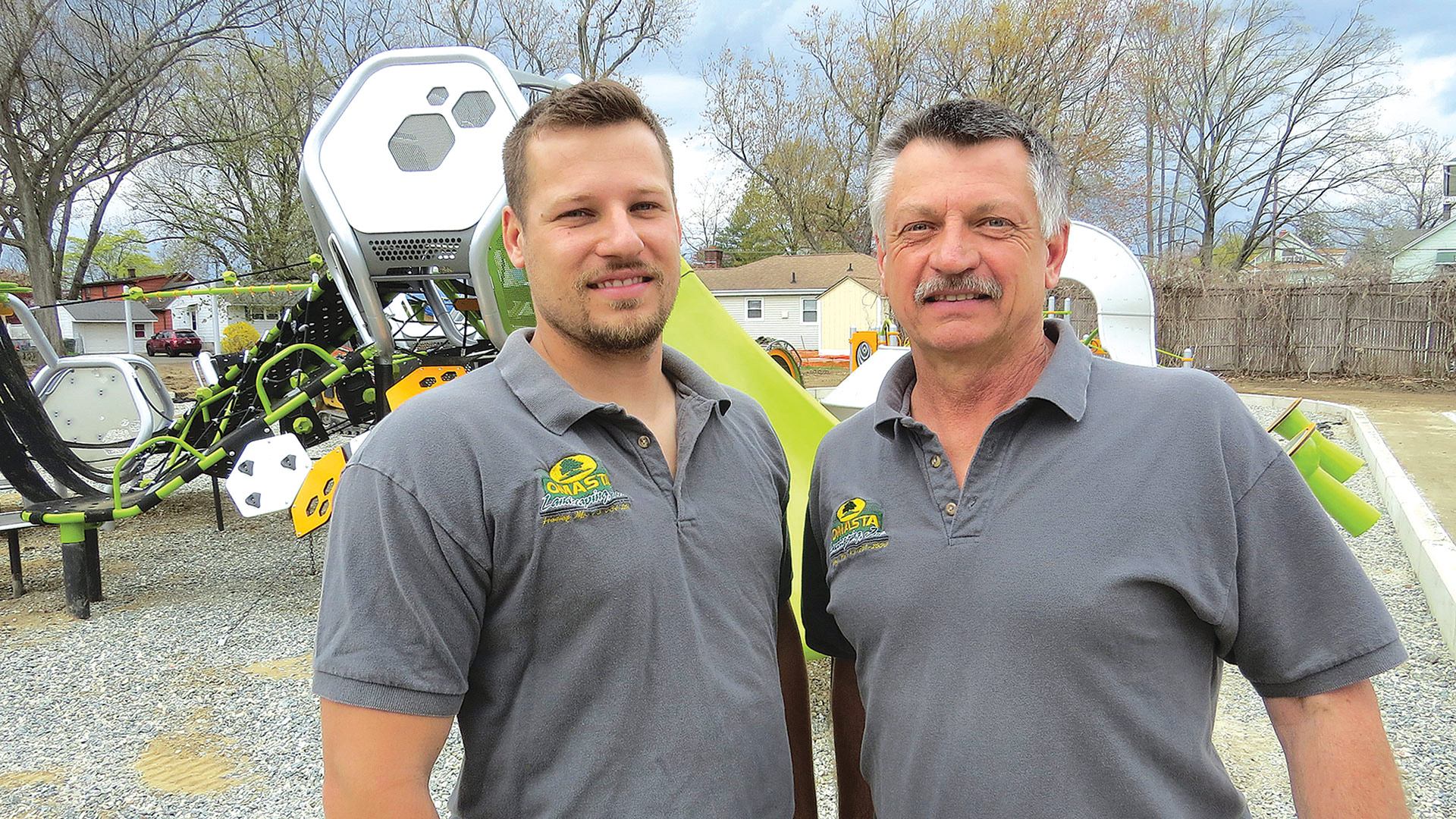

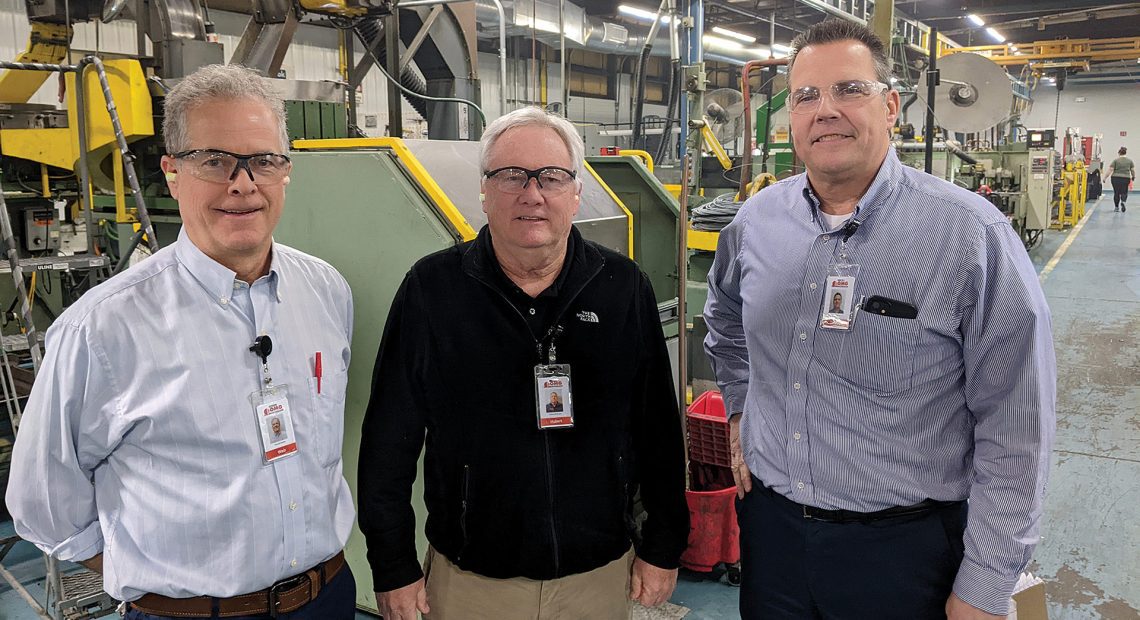
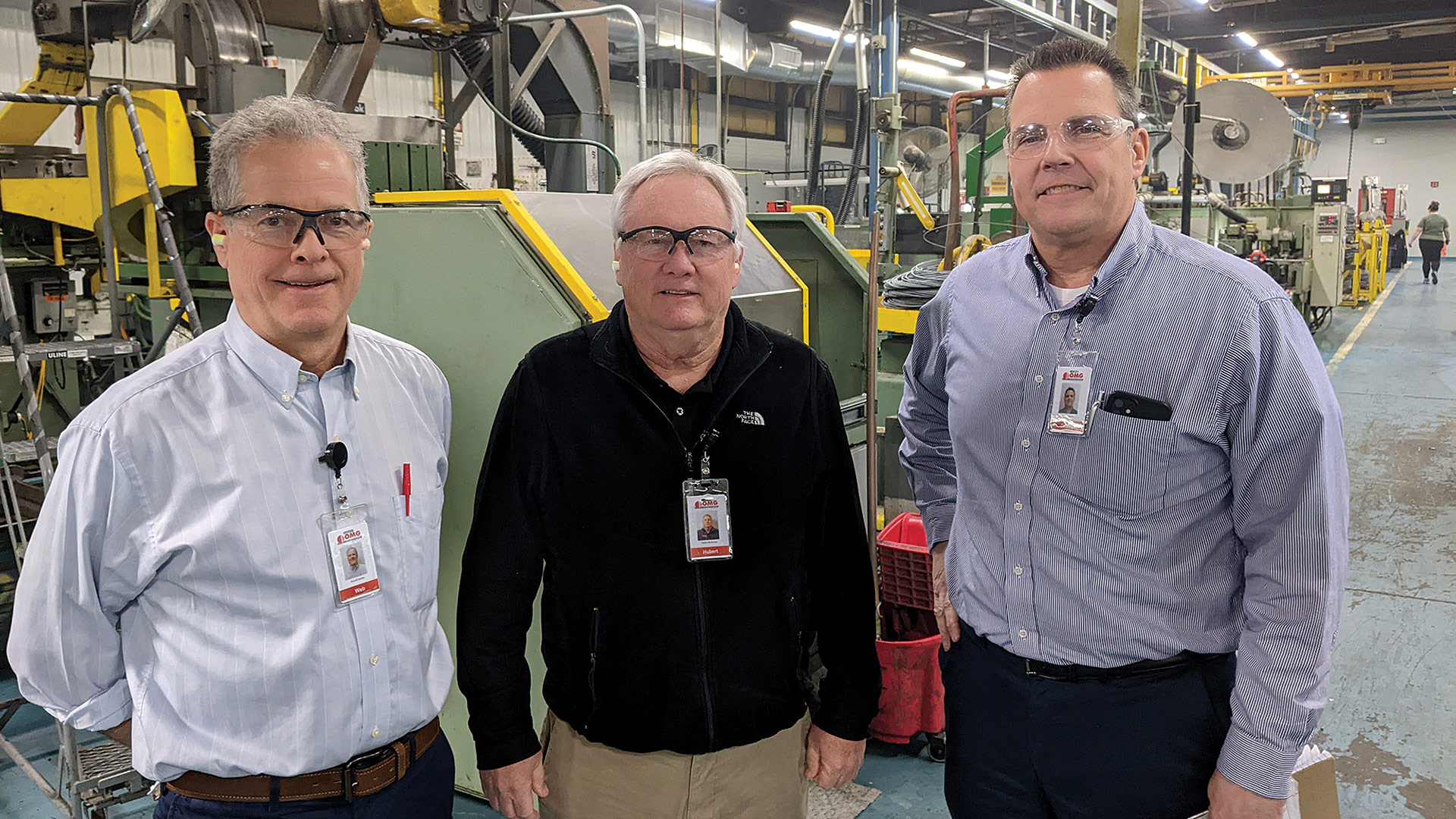



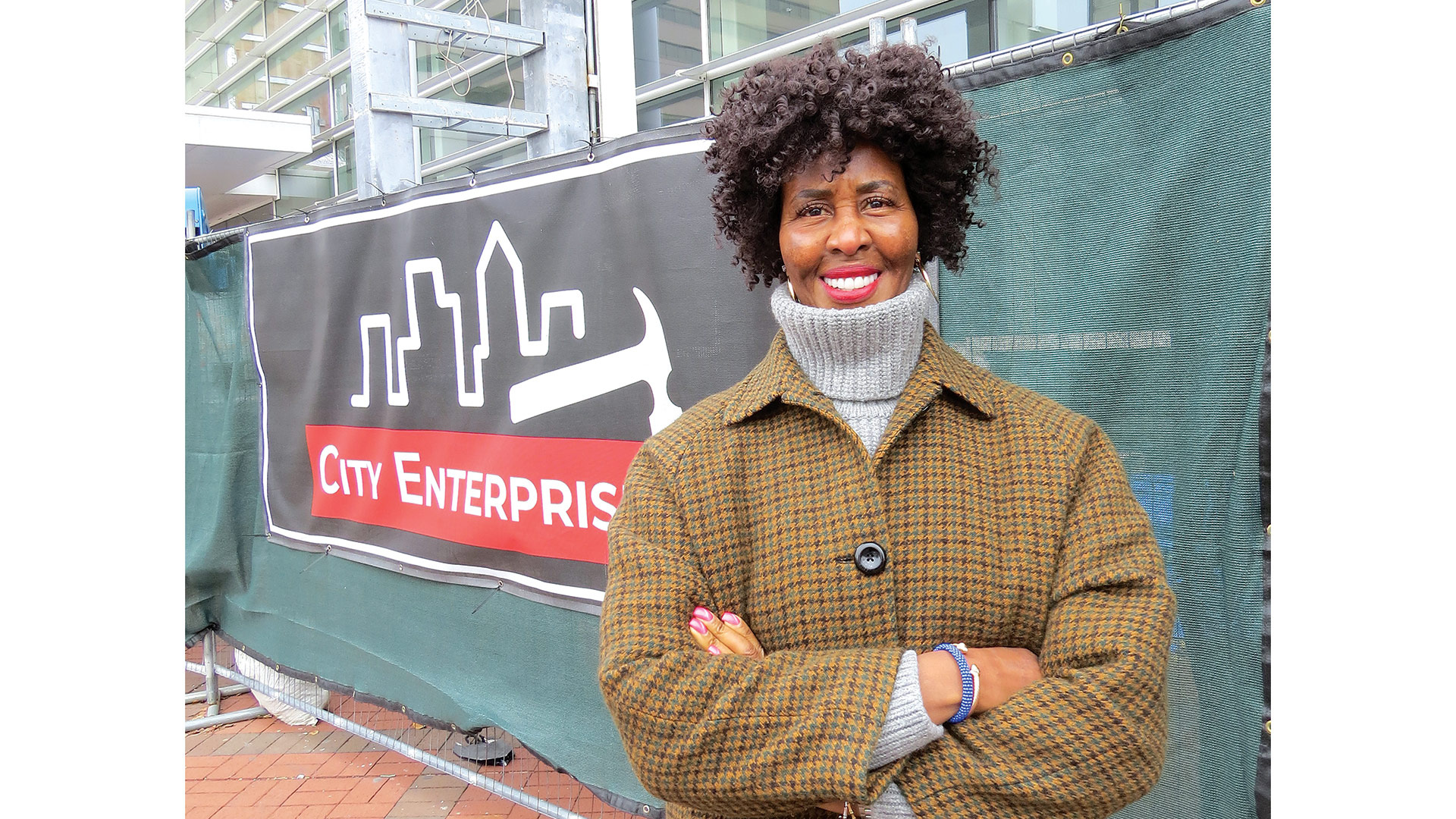
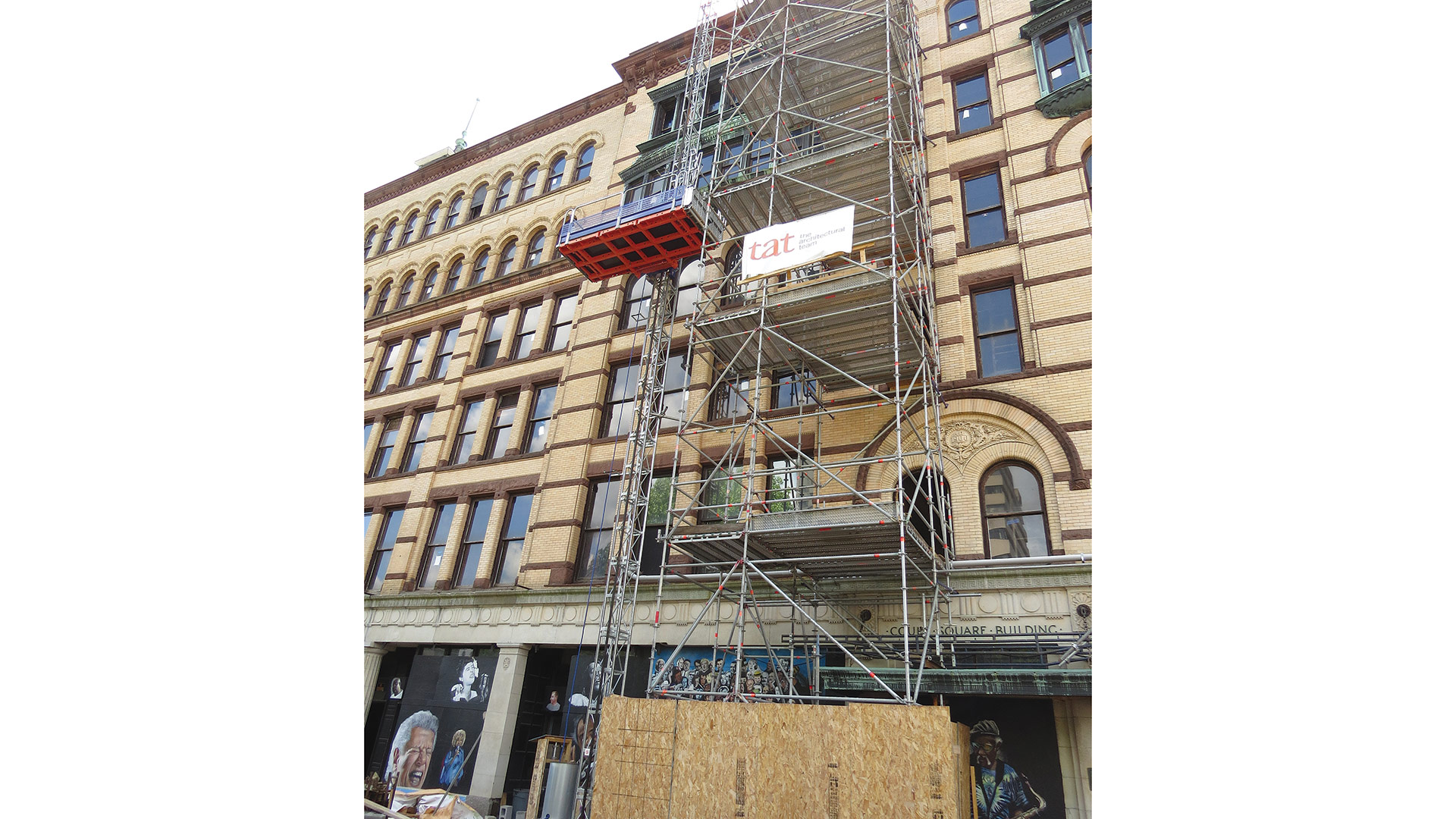

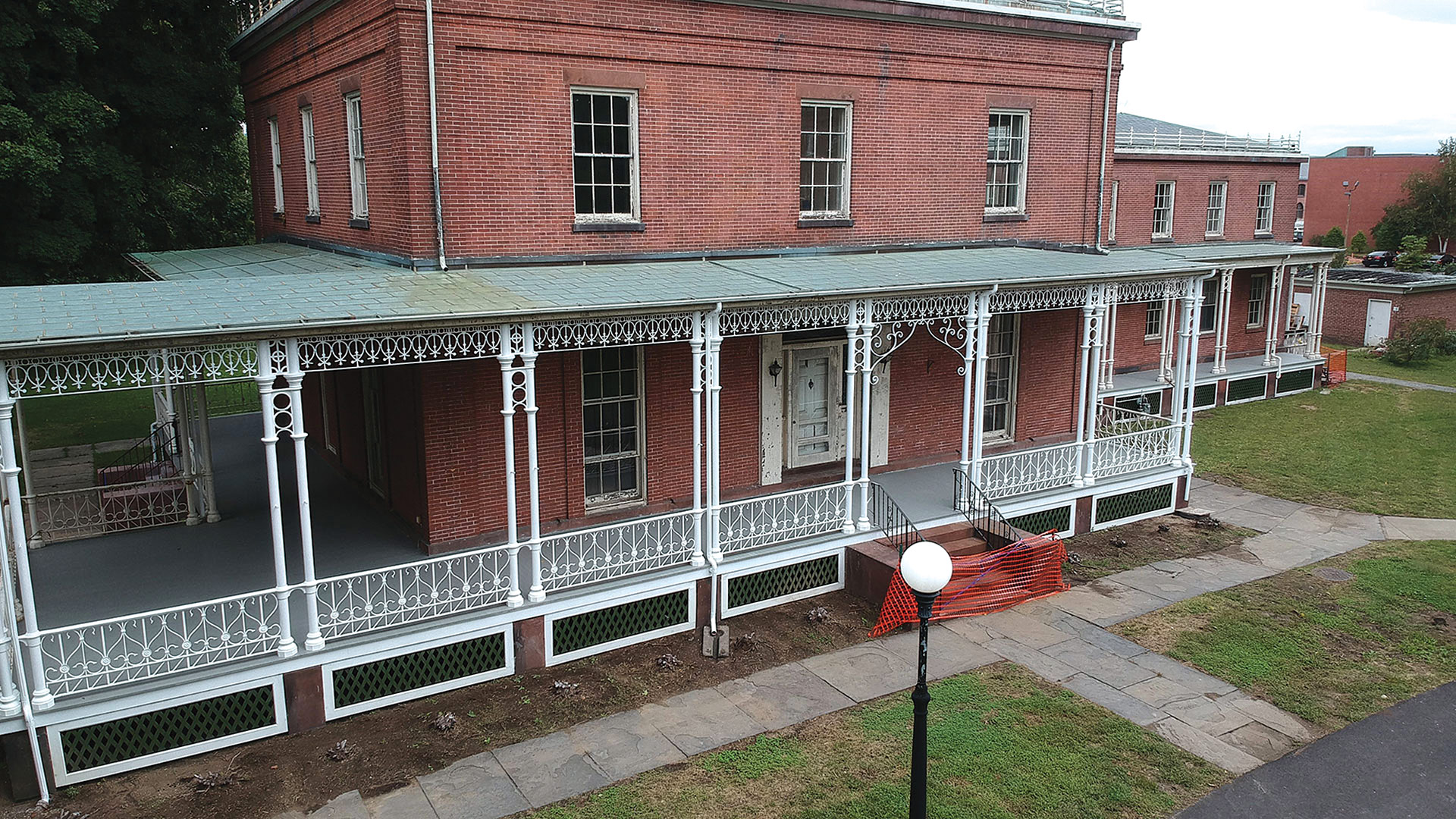


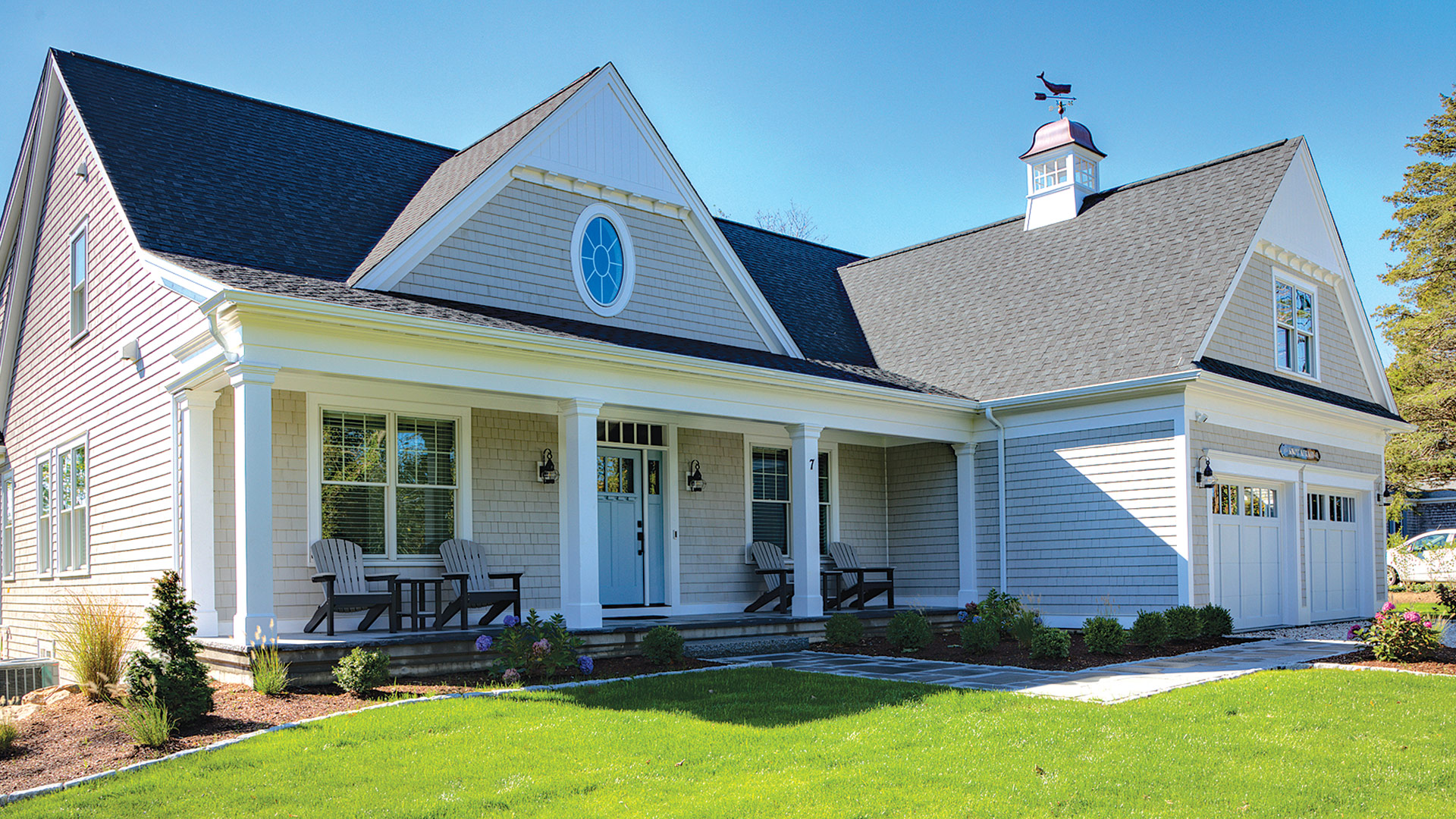
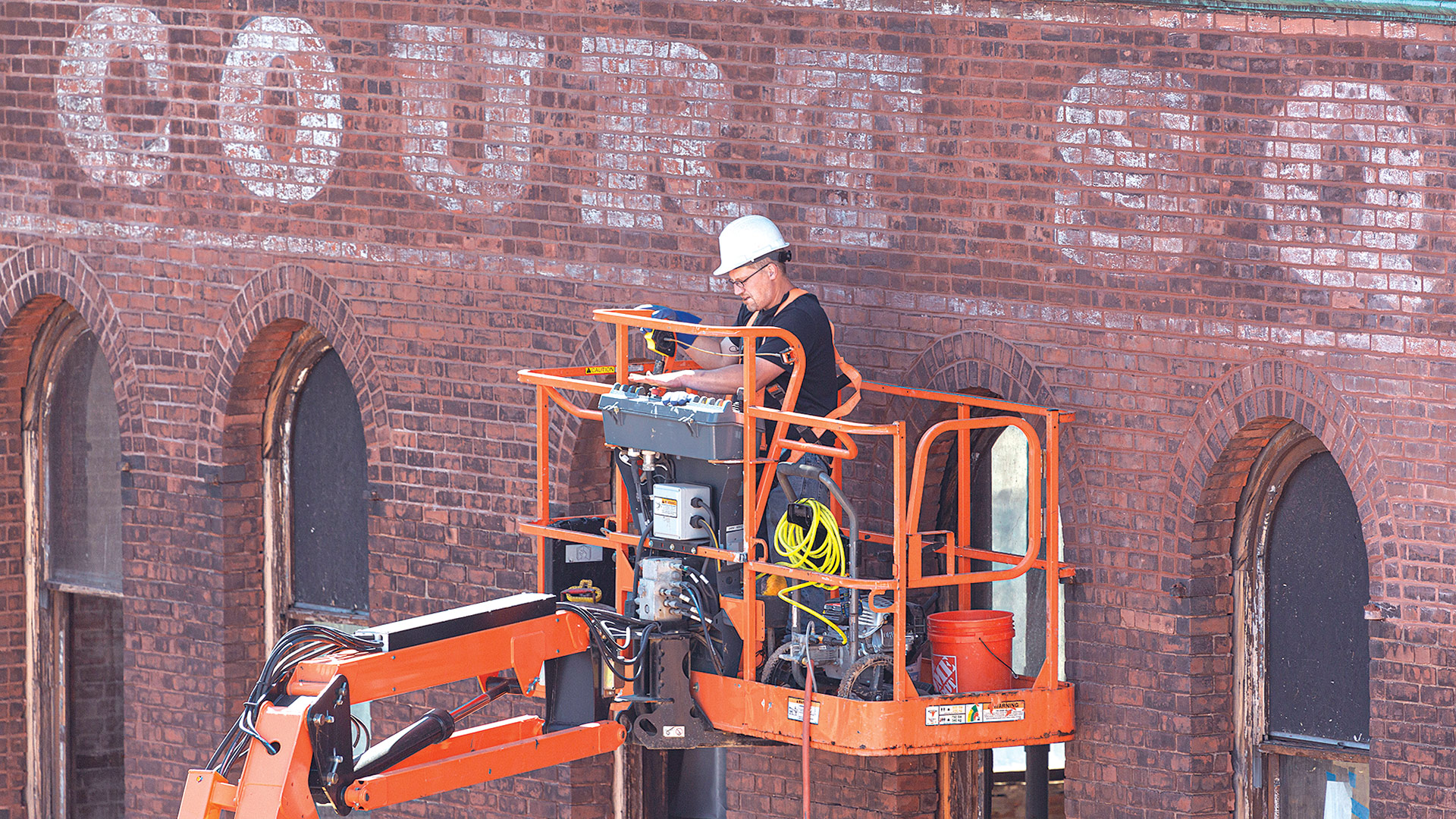
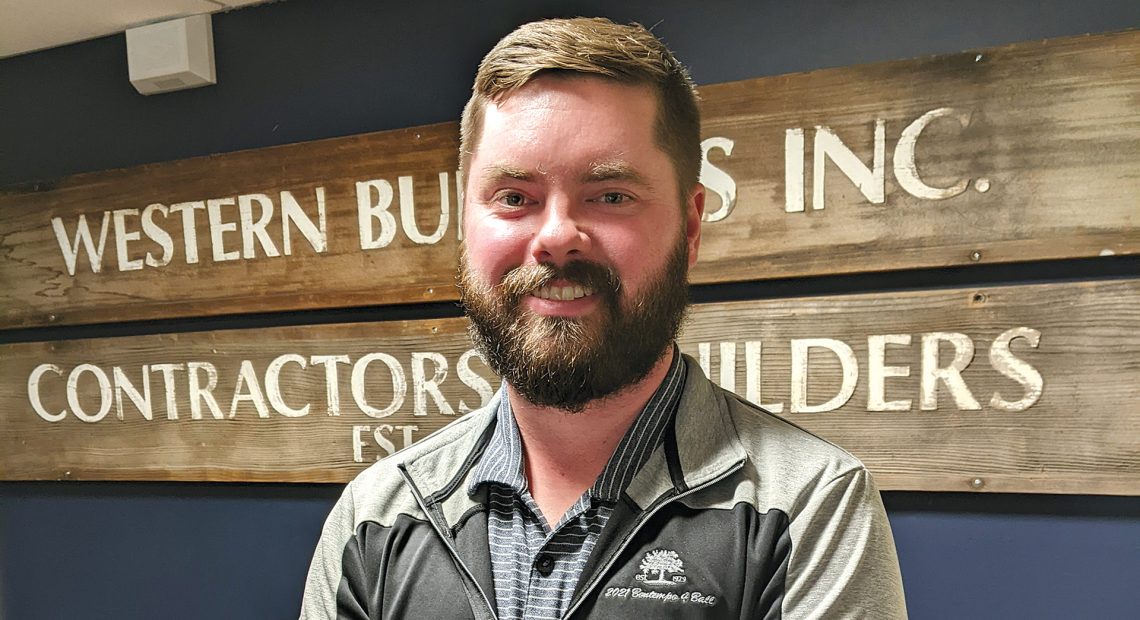
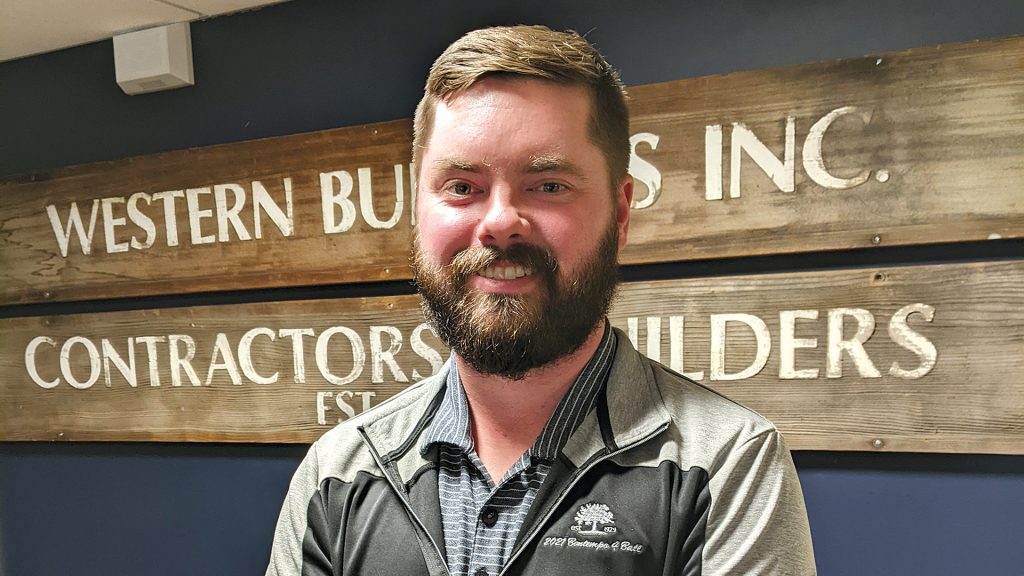

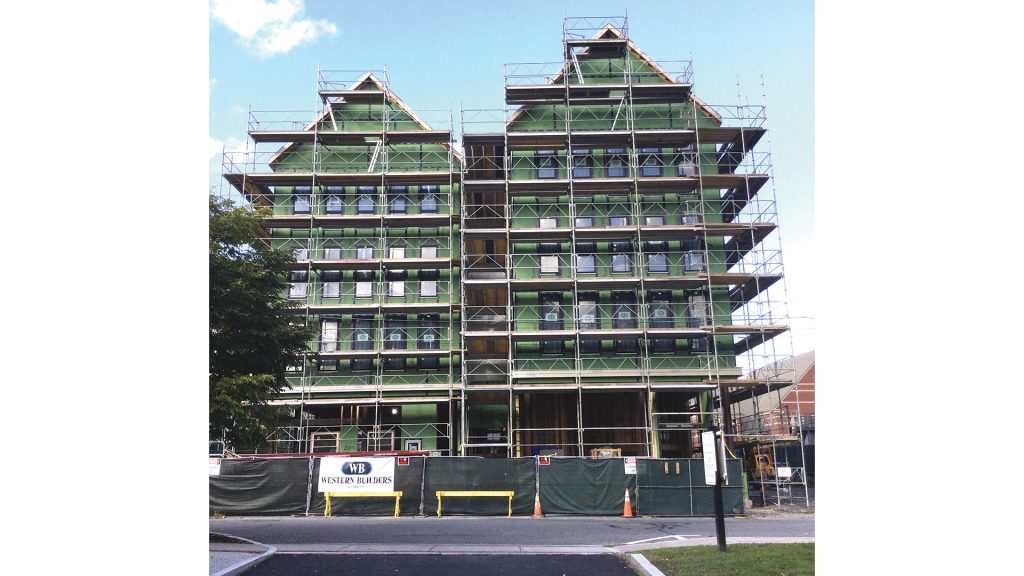

 A measure of nonresidential building projects, the Dodge Momentum Index provides an analysis of the construction industry. Analysists delivered some bright news recently with the announcement that the Dodge Momentum Index increased 7% in May.
A measure of nonresidential building projects, the Dodge Momentum Index provides an analysis of the construction industry. Analysists delivered some bright news recently with the announcement that the Dodge Momentum Index increased 7% in May.

